How Is The Development Of Solar Inverters In Myanmar?
 May 26,2025
May 26,2025

 XINDUN
XINDUN
As an important energy market in Southeast Asia, the stability of Myanmar's power supply and energy structure is crucial. Myanmar has been facing a systematic power crisis, with unstable power supply and half of the population not fully connected to the power grid. Since the earthquake in Myanmar, power supply has become more severe, a large number of infrastructures have been severely damaged, and residents are facing many challenges in their lives. Solar products have great development potential in Myanmar, so what is the current situation of solar power in Myanmar? How to choose solar inverter in Myanmar?
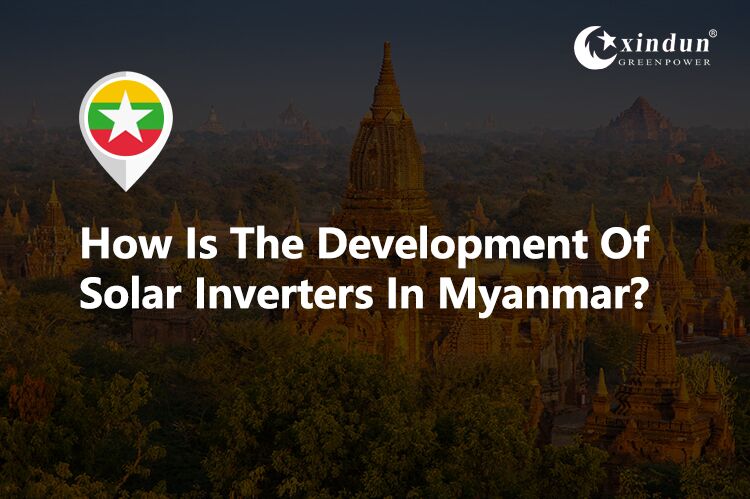
I.Myanmar's power structure
Myanmar's power structure is mainly composed of hydropower, natural gas, coal, solar energy, etc. According to the data of the Ministry of Electricity and Energy of Myanmar, Myanmar's current power supply system includes 28 hydropower stations, 27 thermal power stations and 8 solar power stations. As of December 2024, Myanmar's total installed capacity is 6,520 megawatts.
Myanmar's main source of electricity is hydropower, accounting for about 50%, showing the country's abundant water resources; natural gas power is the second largest source of energy, accounting for about 43%. Solar energy has great potential in Myanmar, currently accounting for 4% of total power generation; coal and other sources of power generation account for about 3%. Myanmar is highly dependent on hydropower and natural gas, making Myanmar's power grid particularly vulnerable to seasonal changes and fluctuations in fuel supply. According to an announcement issued by the Ministry of Electricity and Energy of Myanmar in January 2025, although Myanmar's theoretical installed capacity exceeds 6,500 megawatts, the actual daily power generation scale can only reach 2,200 megawatts. The Myanmar government plans to achieve nationwide electrification by 2030, and plans to increase the proportion of clean energy to 50% by 2030.
II. Current situation of Myanmar power supply
As a developing country in Southeast Asia, Myanmar has been facing a systematic power crisis. Due to long term political instability, insufficient infrastructure investment, aging and damage of power grids, and the impact of natural disasters, the actual operating efficiency of a large number of power generation facilities in the country has seriously declined. What is more serious is that under the existing power dispatching system, these limited power resources can only be allocated to about 55% of the country's regions and population, 50% of the power resources are concentrated in Yangon and Mandalay, and other areas are seriously short of power supply. The World Bank report stated that "Myanmar is the country with the lowest electrification rate in Southeast Asia." In Mandalay, Myanmar's second largest city, residents' basic electricity consumption has not been guaranteed. Sometimes there is no electricity for a whole day, sometimes only 4 or 8 hours a day, and the worst case has been an extreme situation of continuous power outages for a month. Frequent power outages have become one of the main bottlenecks restricting Myanmar's economic and social development. After the Myanmar earthquake, Myanmar's power supply has become even more severe. Myanmar's original power coverage rate was only 55%, and the earthquake exacerbated the contradiction between supply and demand. Before the earthquake, Myanmar needed to add 300-500 megawatts of power generation per year to meet demand, and the power gap during the post earthquake repair period may further expand to more than 1,000 megawatts per year.
The 3.28 Yangon earthquake caused the most serious damage to Myanmar's power system in nearly a decade. 89 high voltage power towers collapsed in Mandalay and surrounding areas, 5 substations were blown up, and 80% of the country's transmission lines were interrupted. After the earthquake damaged power facilities, Myanmar's power supply system entered emergency mode. The Yangon municipal government implemented a "4-hour power supply + 8-hour power outage" rotation system. Due to equipment damage caused by the earthquake, about 65% of the city's substations were in overload operation. Residents' electricity usage time was less than 50% of the promised time, and electricity bills soared to twice the normal level. Mandalay City relies on diesel generators to maintain power supply in the city center commercial area, and suburban rural areas are completely out of power. The power outage has caused local residents to fall into a difficult situation.
III.What is the electricity price in Myanmar?
The electricity price in Myanmar has long been uniformly controlled by the Ministry of Electricity and Energy, which adopts a tiered pricing model based on user type and maintains low electricity prices through financial subsidies. Based on September 2024, the electricity fee standards in Myanmar are as follows:
Residential electricity price list:
1-50 degrees: 50 Myanmar Kyats/degree (about 0.169 yuan)
51-100 degrees: 100 Myanmar Kyats/degree (about 0.338 yuan)
101-200 degrees : 150 Kyats/kWh (about 0.508 yuan)
201 kWh and above: 300 Kyats/kWh (about 1.016 yuan)
Commercial and industrial electricity price list:
1-5000 kWh: 250 Kyats/kWh (about 0.847 yuan)
5001-20000 kWh: 400 Kyats/kWh (about 1.355 yuan)
20001 kWh and above: 500 Kyats/kWh (about 1.694 yuan)
Myanmar invests about 500 billion Kyats (about 1.7 billion yuan) to subsidize residential electricity prices each year, and the actual electricity price is only 1/3 of the cost of power generation. The average monthly electricity consumption of an average household is 150 kWh, and the electricity bill is about 15,000 Myanmar Kyats (about 51 yuan), accounting for 15%-20% of the monthly income of low income households. However, Myanmar has raised the price of both residential and industrial electricity since September. After the increase, the residential electricity bill has increased by nearly 2 times, and the commercial electricity bill has increased by nearly 3 times.
After the earthquake, Myanmar's electricity price market was out of control. Diesel power generation pushed up the market electricity price. The downtown commercial district of Yangon relies on diesel power generation, and the cost per kWh is 2,400 Myanmar Kyats (about 8.35 yuan), which is 19 times the normal electricity price. The earthquake caused damage to power facilities and chaos in the billing system. 65% of Yangon's substations had a billing error rate of 30% due to equipment damage. The actual electricity consumption of residents did not match the bills, and the electricity bills of some households soared to 18 times the normal level. Factories were also forced to use their own generators due to frequent power outages, and the comprehensive electricity cost reached 300 Myanmar Kyats/kWh, an increase of 140% from before the earthquake.
IV. What is the prospect of solar power in Myanmar?
Myanmar, as a developing country in Southeast Asia, is rich in sunlight resources and has been facing a systematic power crisis. However, Myanmar has abundant solar energy resources. The average annual sunshine duration in Myanmar is sufficient. The solar power in the central region reaches 1150-1600kWh/kWp, and the average annual solar radiation reaches 4-5 kWh/m²/day, which is 1.3 times the average level in Southeast Asia and close to the global high radiation value areas such as India and Tibet in China. Myanmar's dry season is from November to April, accounting for 65% of the annual sunshine duration and 70% of the annual solar radiation. The abundant sunlight resources provide Myanmar with a solid foundation for solar power.
The government vigorously promotes it. The Myanmar government plans to achieve 30% of renewable energy in total installed power capacity by 2030, among which solar power is listed as a key development area. The Myanmar government explicitly requires states to evaluate idle land for solar power station construction, giving priority to the development of arid areas that are not suitable for agriculture. In 2024, Myanmar will spend 20 billion Myanmar Kyats to build small power supply systems for rural areas that have not yet obtained electricity, using household solar systems as a solution. Most of these villages are located in remote areas more than 10 miles away from the national main power grid.
The rural market has huge potential. 58% of the rural population in Myanmar is not connected to the power grid. Rural areas have rich solar energy resources, so solar power has become the preferred solution for rural electricity use. For example, the solar microgrid project in Lathedaung County, Rakhine State, Myanmar, funded by international NGOs, covers 20 local villages, with an installed capacity of 50 kilowatts, a storage capacity of 200 kilowatt hours, and an electricity price of 100 Myanmar Kyats/kWh, which is 60% lower than the cost of diesel power generation. Solar power has improved the power supply in rural areas of Myanmar and improved the quality of life of residents.
Promotion of distributed solar. At present, the penetration rate of commercial and industrial rooftop solar in Myanmar's cities is less than 5%. The Myanmar government encourages industry, commerce and households to install rooftop solar + energy storage systems, hoping that factories can achieve self sufficiency in electricity and ease their dependence on the power grid. For example, a textile factory in Yangon installed 2 MW of rooftop solar, with a payback period of 5 years and an annual electricity saving of about 120,000 US dollars. Rural areas give priority to off grid solar systems. In the 2024-2025 fiscal year, Myanmar plans to invest 20 billion Myanmar kyats to build small power supply systems for 900 remote villages, but the potential is significant.
International investment and assistance. Chinese companies have led a number of large scale solar construction projects in Myanmar and exported components, inverters and energy storage technologies, accounting for 26% of Myanmar's solar market investment. In addition, China's solar products are cost effective and meet the different needs of the Myanmar market. Multilateral assistance from international organizations. The World Bank approved a $200 million solar energy fund, focusing on supporting rural microgrids and poverty alleviation projects; the Asian Development Bank (ADB) pledged $150 million for Myanmar solar energy storage pilot projects, aiming to cover 1 million people without electricity in Myanmar, especially in remote rural areas.
V.Recommended Types of Solar Inverters in Myanmar
For the recommendation of solar inverter types in Myanmar, Xindun will combine Myanmar's power infrastructure, regional differences between urban and rural areas, and solar policies to recommend solar inverters to Myanmar users. Solar inverters can be divided into off grid, hybrid, and on grid solar inverters according to the usage scenarios.
Off grid solar inverter
Off grid solar inverters are a type of solar inverter that can operate independently and does not rely on the power grid. It is usually used in combination with energy storage batteries. During the day, solar power is used to supply loads and store electricity at the same time, so that it can continue to supply power to the load at night or on cloudy days to ensure the supply of electricity. Off grid solar inverters are suitable for areas without access to the power grid, remote areas, or places with unstable power grids, and can provide independent power supply. For Myanmar, where 58% of the rural population is not connected to the power grid, off grid solar inverters are most suitable for use in rural areas of Myanmar, and are also suitable for industrial and commercial use. It can guarantee the most basic electricity needs of Myanmar residents, such as lighting and home appliance use.
Hybrid solar inverter
Hybrid solar inverter is a kind of inverter that combines the advantages of off grid and on grid inverters. It has three working modes (hybrid/off grid/on grid). It can be powered independently off grid, connected to the grid, and can also be powered by solar + mains + battery hybrid complementary power supply. It can also be operated without battery configuration. Multiple modes can be switched flexibly. It is not only suitable for remote areas such as rural areas in Myanmar, but also suitable for urban use. It can efficiently utilize solar power and save electricity bills. Users can also configure energy storage batteries according to their own usage scenarios and economic conditions to reduce the cost of energy storage batteries.
On grid solar inverter
It converts the direct current generated by solar panels into alternating current and directly connects it to the grid. After users use solar power to meet household electrical appliances, there is excess power that can be transmitted to the grid, so that the surplus power can be connected to the grid and obtain certain economic benefits. On grid solar inverters do not need to be equipped with energy storage batteries, but when solar power is insufficient, the continuity of electricity use cannot be guaranteed. On grid solar inverters are highly dependent on the power grid. Once the power grid is out, the inverter will not be able to work normally. This is not suitable for use in most areas of Myanmar, where the power supply is unstable. It is suitable for use in some urban areas with relatively stable power supply.
VI.Recommended solar inverters for Myanmar
Under the condition that the power supply in Myanmar has always been unstable, the earthquake has made the situation even worse, and the power consumption has become even more unstable. At this time, the application of solar inverters in Myanmar is even more important. Solar inverters can solve the power supply problems of Myanmar households and industrial and commercial enterprises. Which solar inverters are suitable for Myanmar? Any recommendations?
Xindun HFP-C hybrid inverter
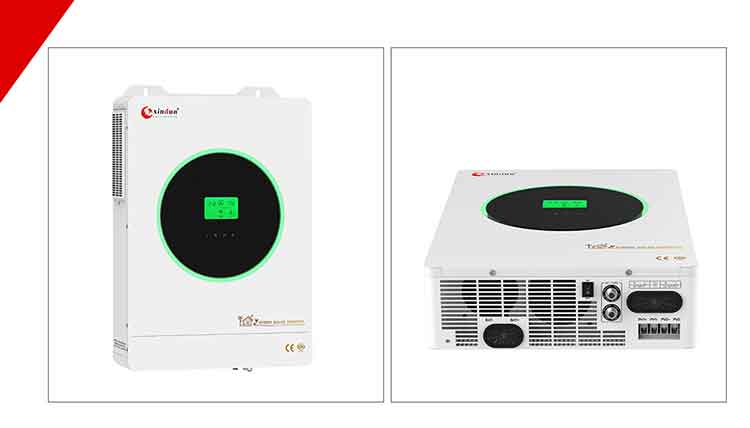
Xindun HFP-C hybrid inverter 3.3KW-12.3KW, DC 24V/48V to AC 220V/230V/240V
Xindun HFP-C hybrid inverter is a high frequency on grid and off grid hybrid solar inverter. It can be set to hybrid mode, off grid mode, and on grid mode. The three modes can be switched flexibly, supporting batteryless operation mode, solar/mains/battery synergistic hybrid complementation, high frequency pure sine wave output, and inverter conversion efficiency up to 94%. It also has a load dual output function. The main output and the second output can be loaded at the same time and independently, providing users with a richer and more flexible power solution. The intelligent load management output increases the flexibility and reliability of the system, and is suitable for scenarios where power needs to be supplied to two different loads or devices at the same time. For example, the main output can carry high power electrical equipment, and the second output can carry low power equipment. When the main output is disconnected, it can ensure that the key equipment in the home needs to run continuously without interruption, which is very suitable for use by Myanmar families.
Xindun HP PLUS+ Hybrid Inverter
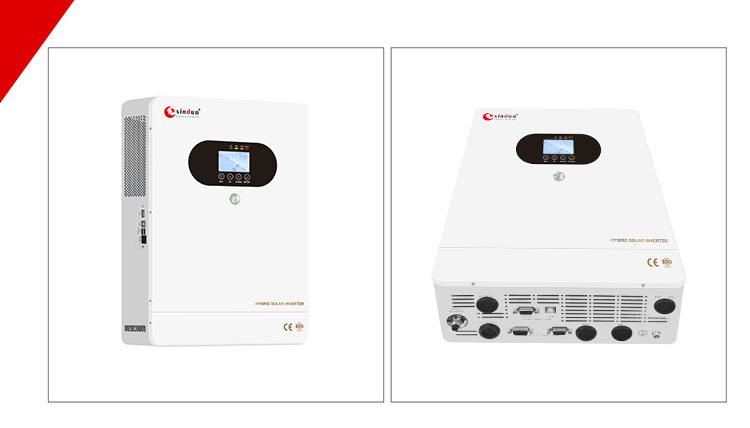
Xindun HP PLUS+ solar inverter 5KW/8KW/10KW/12KW, DC 48V to AC 208V/220V/230V/240V
Xindun HP PLUS+ solar inverter has parallel function, which can parallel power, three phase and grid. A single 5000W power can parallel up to 9 inverters, and 8KW/10KW/12KW power can parallel up to 6 inverters, which can meet the user's future needs for power expansion. High frequency pure sine wave output, stable and reliable output, support batteryless operation mode, support single phase/three phase output, on grid power feeding function can be set, built in mppt controller can be mixed with solar and city power charging, intelligent allocation. This model is also very popular in the Myanmar market, such as small businesses and home applications.
Xindun LF Solar Inverter
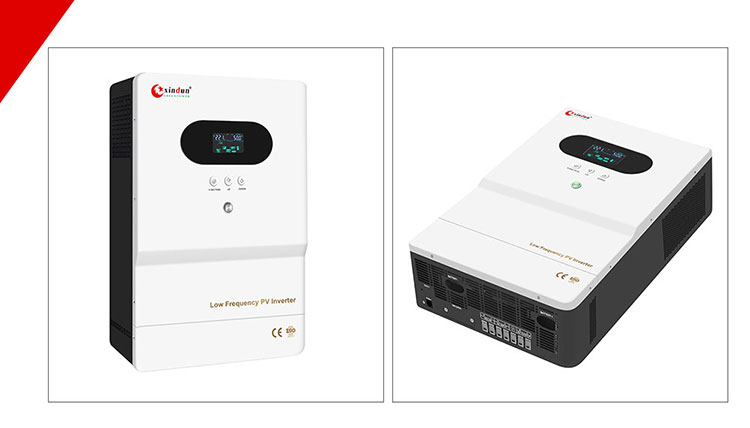
Xindun LF solar inverter 1KW-12KW, DC 12V/24V/48V to AC 110V/120V/220V/230V/240V
Xindun LF solar inverter is a high efficiency lowfrequency solar inverter with excellent performance. It adopts low frequency pure sine wave output, high efficiency inverter conversion,stable output, and the output power is comparable to the mains power, which can ensure stable power quality. When the startup peak power exceeds three times, the inverter can automatically activate comprehensive protection functions to ensure the safety and stability of the equipment under various working conditions, support solar/mains power/generator charging, and is suitable for a variety of scenarios such as industry, commerce and home use.
Xindun HDSX Three Phase Inverter
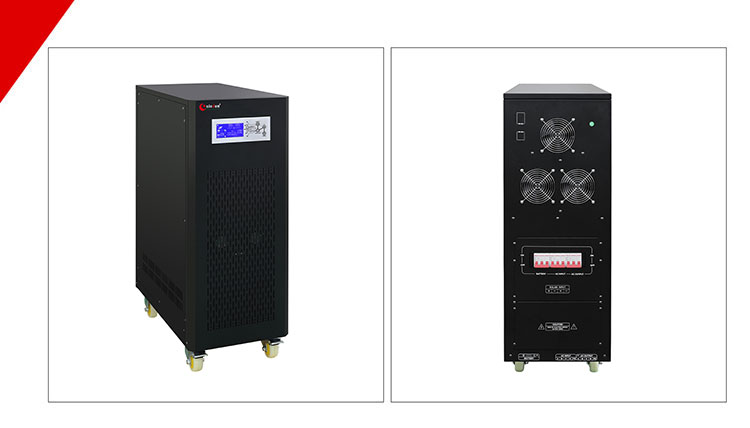
Xindun HDSX three phase inverter 3.2KW-160KW, DC 48V/96V/192V/384V to AC 380V/400V
The Xindun HDSX series is a three phase solar inverter designed with low frequency. The power ranges from 3.2kw-160kw, which can meet single phase voltage output and three phase voltage output, and can easily cope with high power, large load industrial grade power demand. It has excellent energy conversion efficiency and strong output capacity, and can provide stable and reliable solar power supply solutions for factories, industrial parks, large commercial buildings and other places in Myanmar. It supports three input and three output functions, perfectly matching the common three phase power system in Myanmar, and is compatible with various types of batteries, including lead acid batteries and lithium batteries, to flexibly meet customers' configuration needs in different application scenarios. In the Myanmar market environment with unstable power grids and frequent power outages, this inverter can be used as a UPS to provide a continuous supply of power.
Xindun WF Solar Inverter
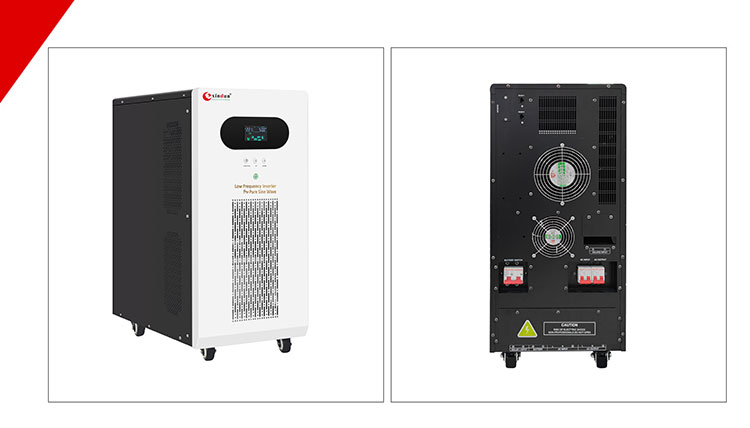
Xindun WF solar inverter 700W-40KW, DC 12V/24V/48V/96V/192V/240V/384V to AC 110V/120V/220V/230V/240V
The Xindun WF series is a low frequency off grid inverter that outputs pure sine waves, can provide stable power supply for various high power loads, and has adjustable mains charging current (0~20A), providing charging flexibility. Mains priority and inverter priority mode selection, flexible adjustment according to local electricity prices, electricity usage habits and power supply stability, improve energy efficiency and reduce operating costs. Compatible with diesel or gasoline generators, it can supply power in various harsh power environments in Myanmar. Whether in urban areas with unstable mains power or remote villages without electricity, the inverter can provide users with reliable backup and independent power supply guarantees through flexible power switching and stable output, effectively maintaining the continuity of production and life.
VII. Why choose Xindun Power?
Founded in 2006, Xindun Power is a professional solar power system manufacturer, focusing on the research and development, production and sales of solar inverter products. We have brought together a professional team in technology research and development, production management and quality control, with rich industry experience. The main products sold include solar inverters, solar controllers, and solar power systems and related supporting products. Xindun's products have passed the ISO9001 international quality management system certification and obtained CE, IEC, CCC and other professional testing certifications, ensuring their excellent quality and performance. Xindun Power's inverter products not only have efficient energy conversion rate and stable power output, but also can meet the diverse power needs of Myanmar users. They are suitable for daily household electricity, commercial operations and industrial manufacturing and other fields, providing stable and reliable power support.
Headquartered in Foshan, Guangdong, China, Xindun Power has a modern production plant of more than 10,000 square meters and a research and development team composed of dozens of elite engineers. Xindun can not only provide customers with OEM/ODM special customization services, but also provide comprehensive pre-sales services and after sales guarantee services. Xindun Power's products have been exported to more than 100 countries and regions. In order to better serve the overseas market, Xindun Power has established branches in East Africa, West Africa, South Asia, Southeast Asia and other regions, and has set up marketing centers and warehouses to respond to the needs and feedback of local overseas customers more quickly and accurately. Whether it is product consultation, sales support, or after sales service, Xindun can provide users in overseas regions with a full range of one stop solutions.
Myanmar's current power system is not enough to cover the whole country, especially in rural areas, where there is a great demand for solar energy storage products. As a Chinese solar inverter manufacturer, Xindun Power can provide Myanmar users with a variety of solar products, such as on grid and off grid hybrid inverters, low frequency/high frequency inverters, all in one solar generator and three phase solar inverters, covering solar inverters with different power specifications from 300W to 160KW, as well as MPPT/PWM solar controllers, solar panels, lithium batteries/lead acid batteries and other solar power system products. Xindun Power's product line covers various application scenarios from home to industrial and commercial use, meeting Myanmar users' procurement needs for different solar products.
Xindun has set up a special team to deepen our presence in Myanmar's solar market. Through field research and market visits, we maintain close contact with local partners and distributors to gain a deep understanding of the challenges faced by users in different regions of Myanmar when using solar systems. Xindun Power has participated in international solar and energy exhibitions in Myanmar and Southeast Asia many times, such as the MYANMAR POWER & SOLAR ENERGY STORAGE LIGHTING EXPO 2025. Through face to face communication, we understand the actual needs and feedback of Myanmar customers on solar products and provide Myanmar with advanced innovative technologies and products.
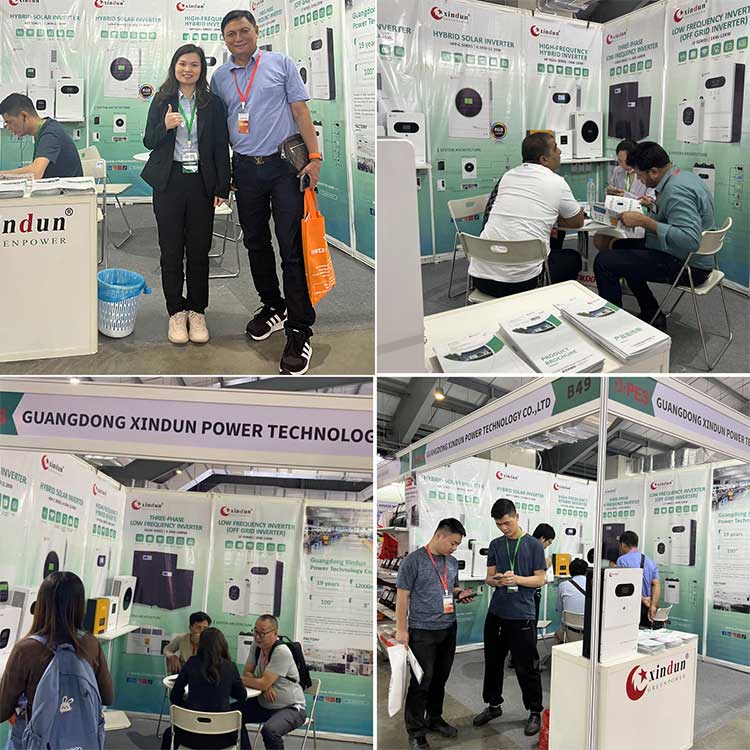
The above is the content about the recommendation of Myanmar solar inverters, which details the future prospects of Myanmar's solar market. I hope this article will help Myanmar customers in choosing solar inverters. If you want to cooperate with Xindun or purchase Xindun solar inverters and other products, you can leave your information and needs in the customer service window at the bottom of the website (https://www.xinduninverter.com/), and Xindun will contact you as soon as possible during working hours.

 Solar Inverter
Solar Inverter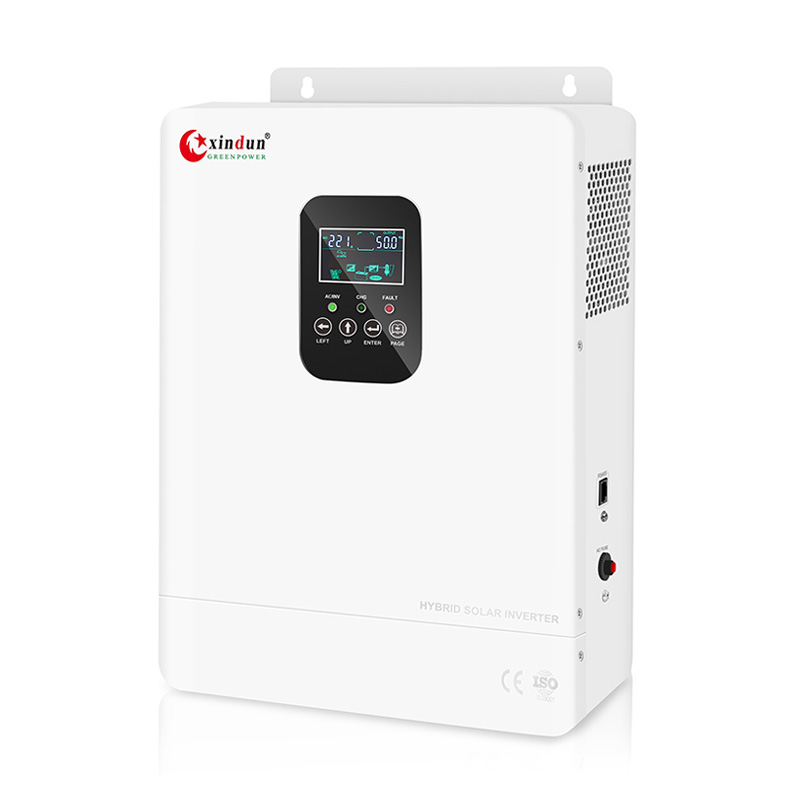
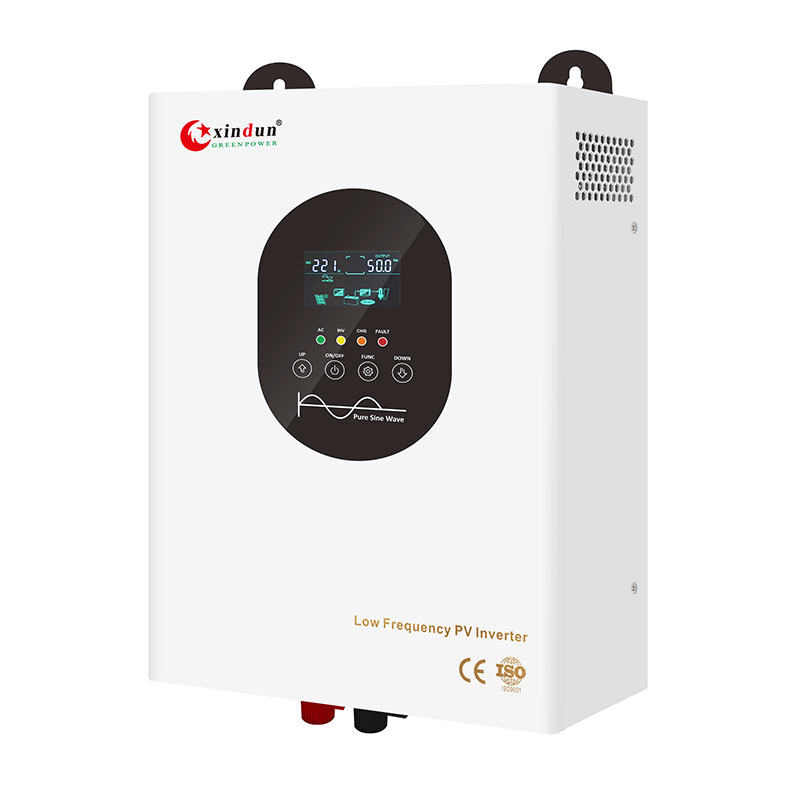
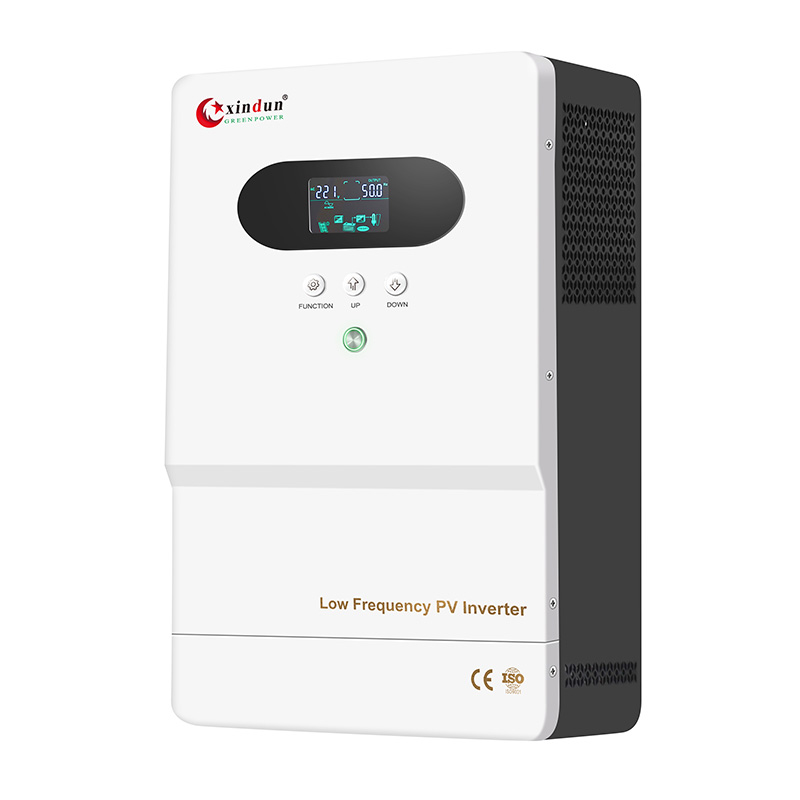
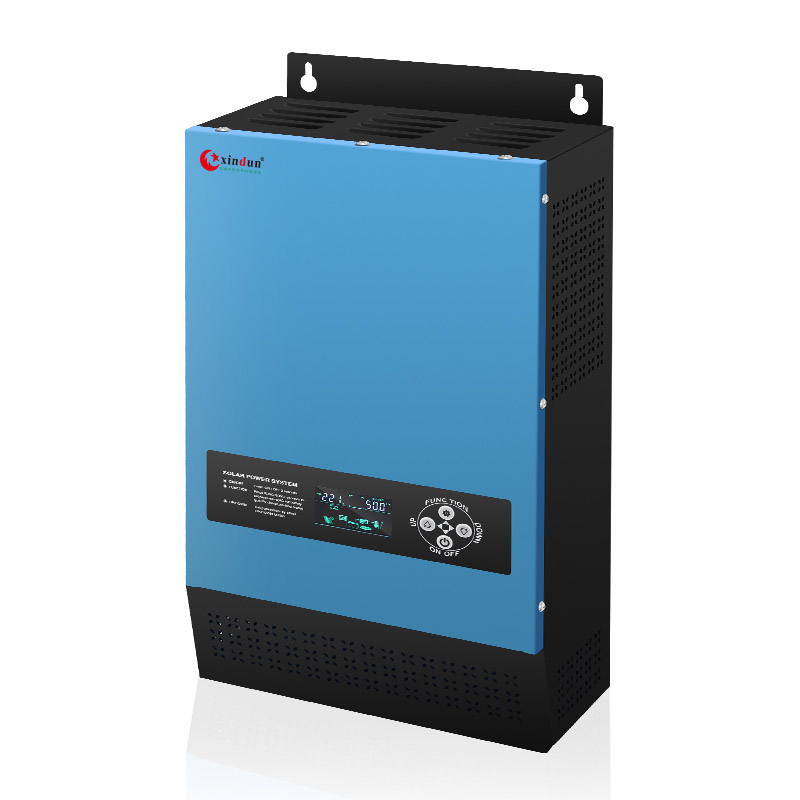
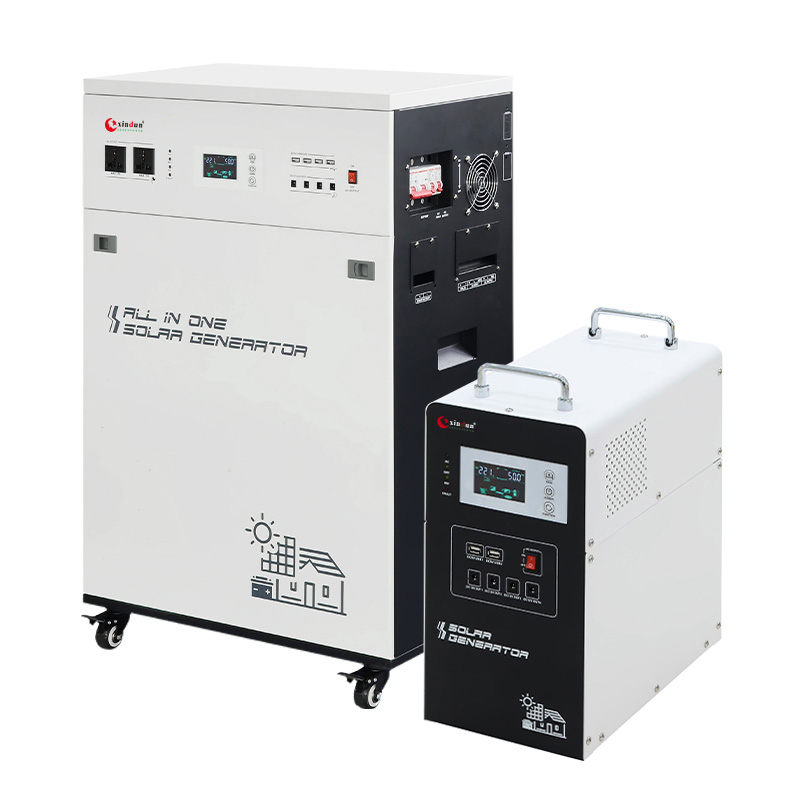
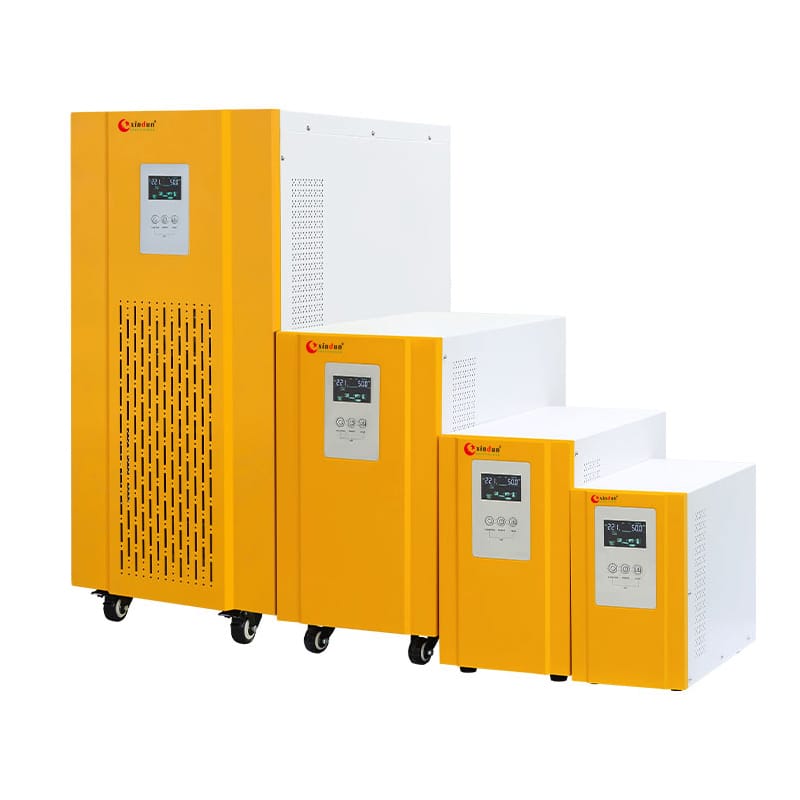
 Hybrid Inverter
Hybrid Inverter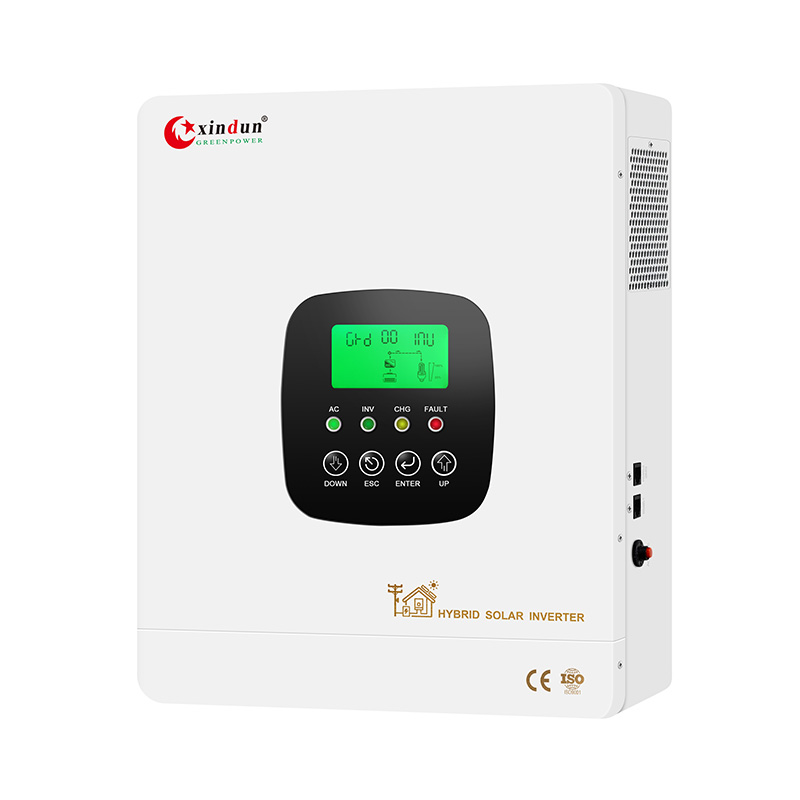
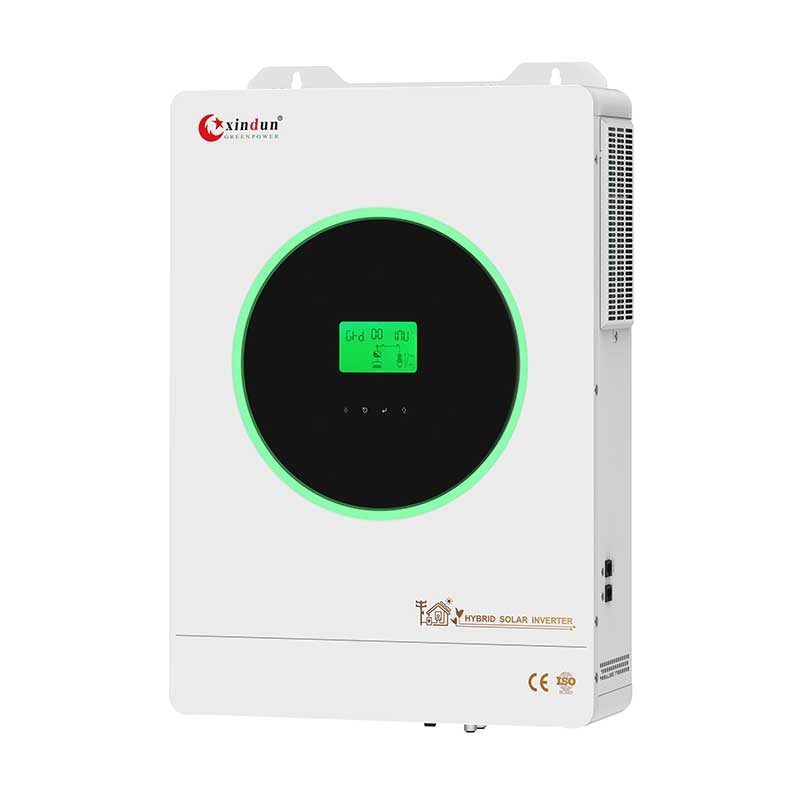
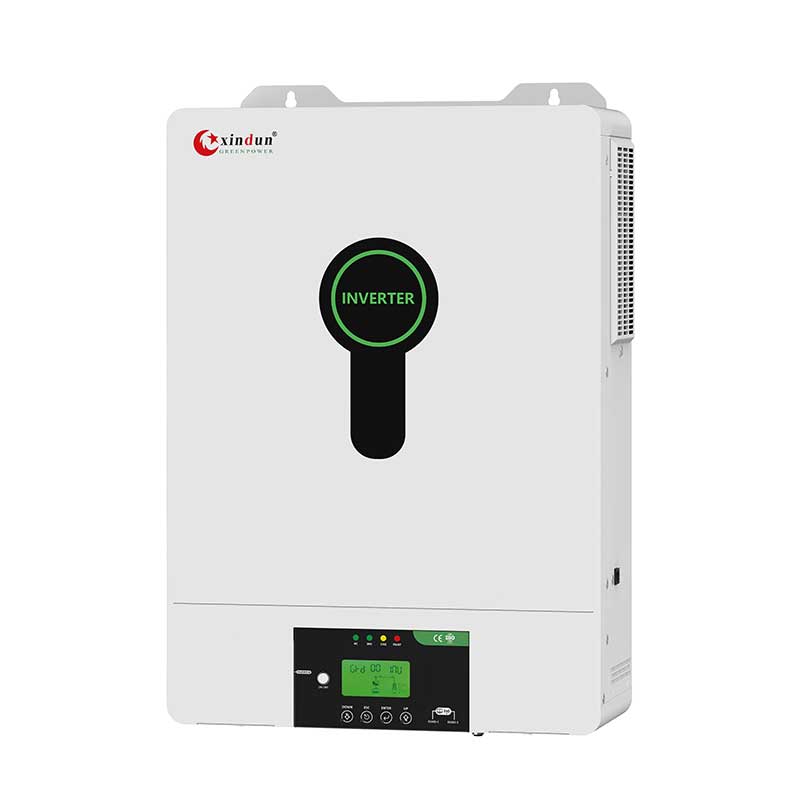

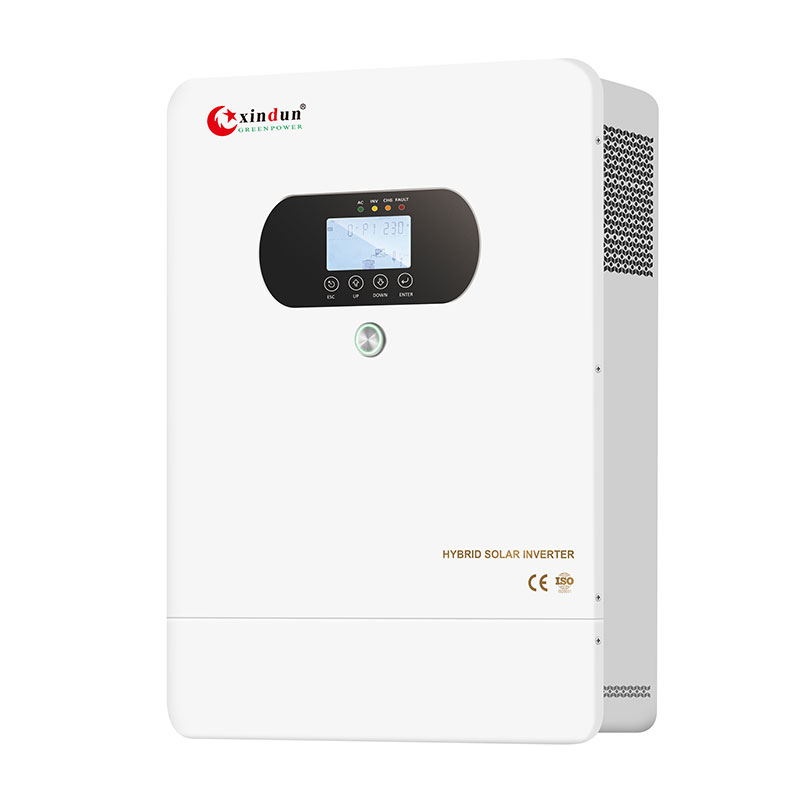
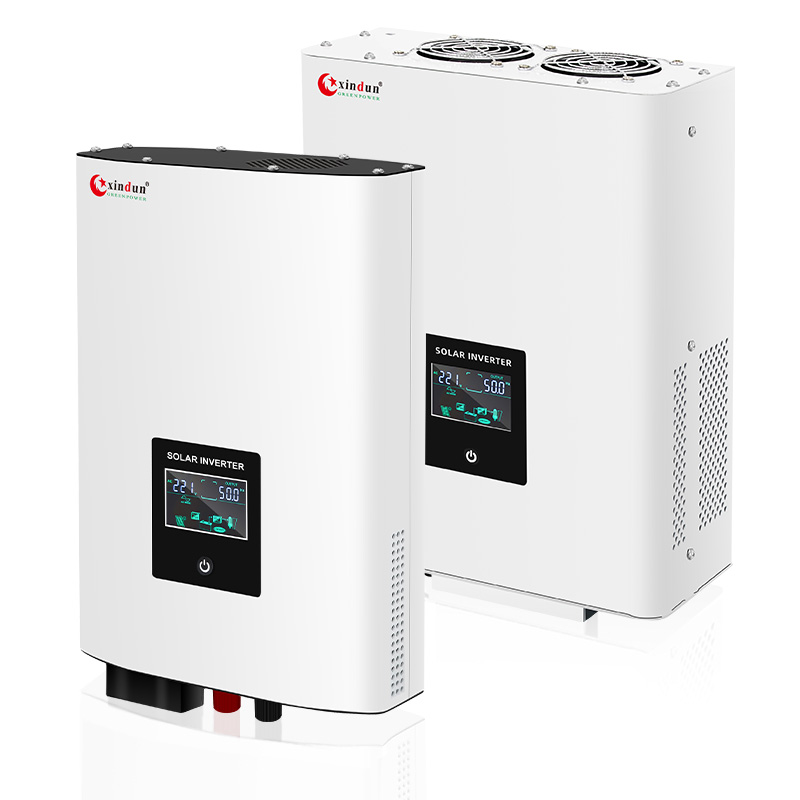
 Power Inverter
Power Inverter
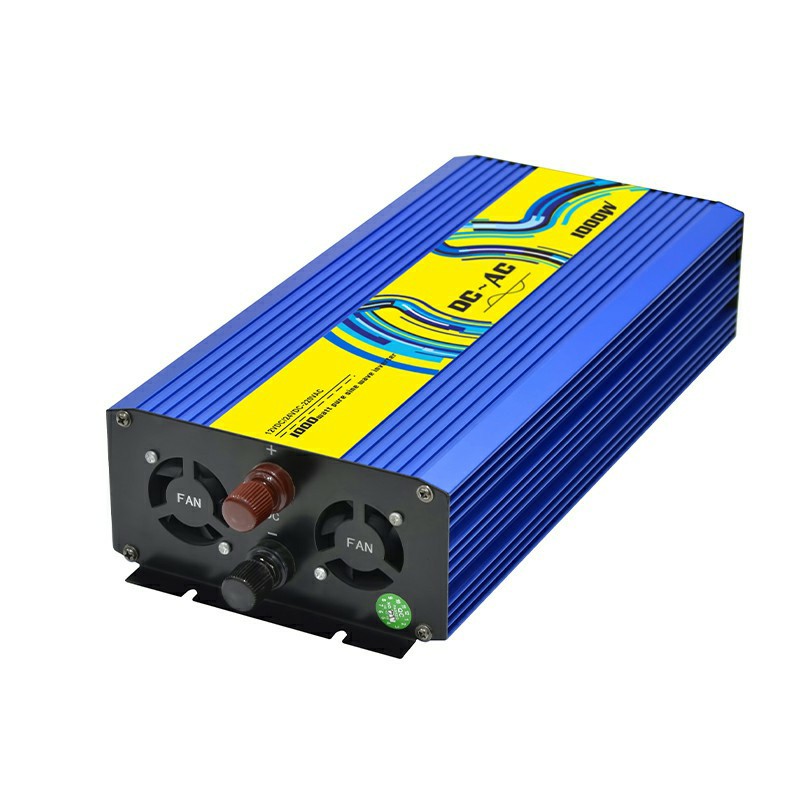
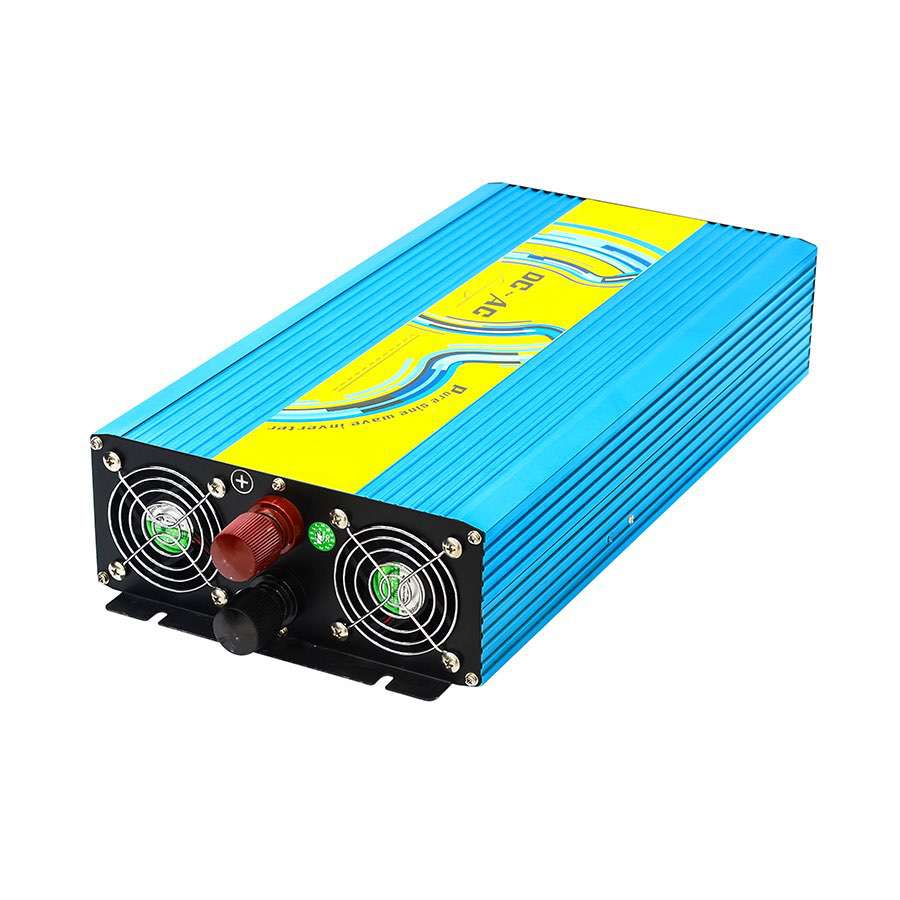
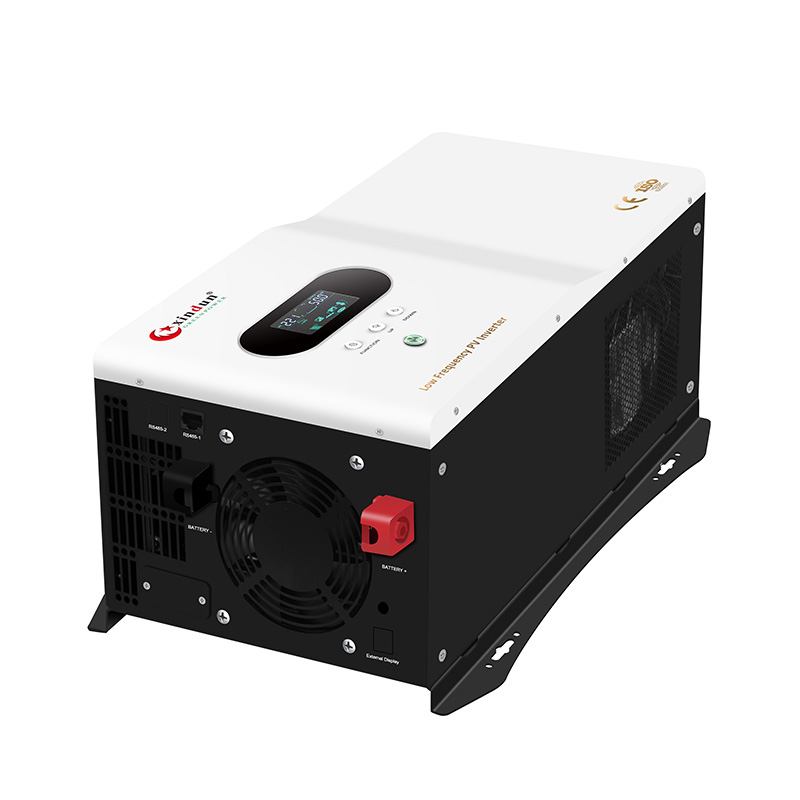
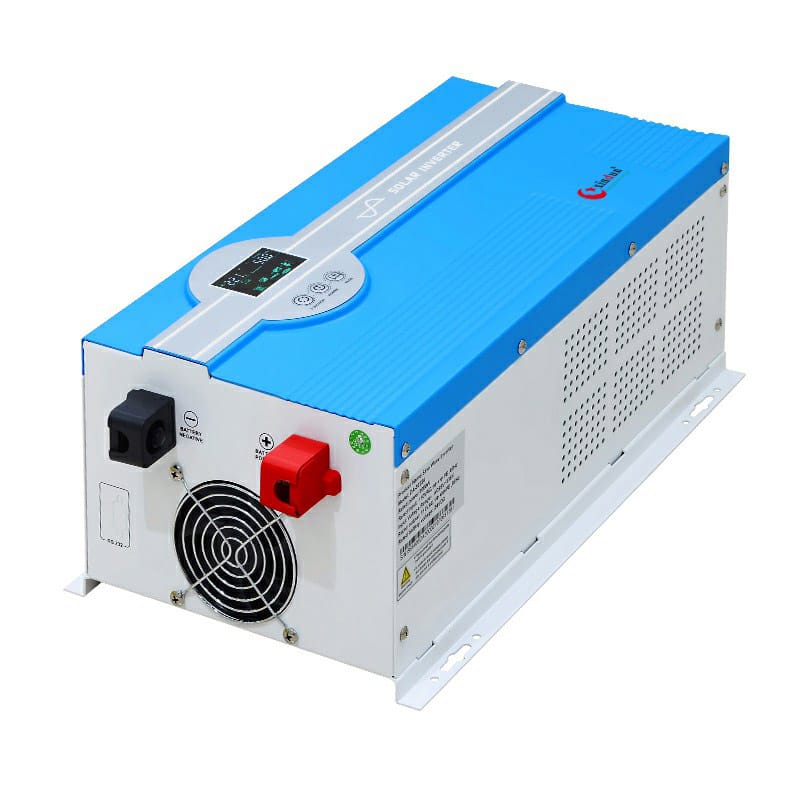
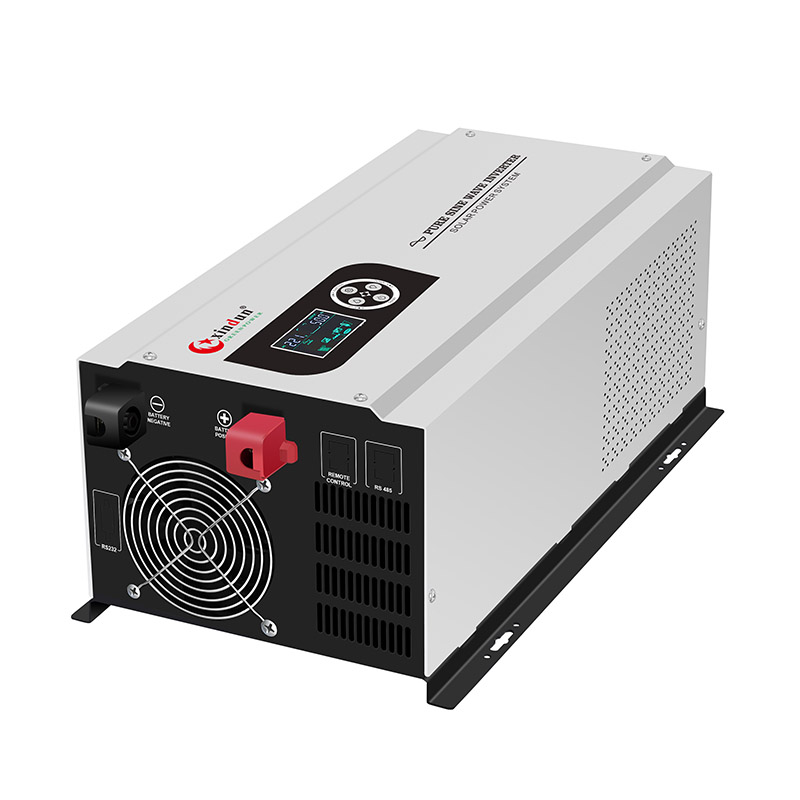
 Split Phase Inverter
Split Phase Inverter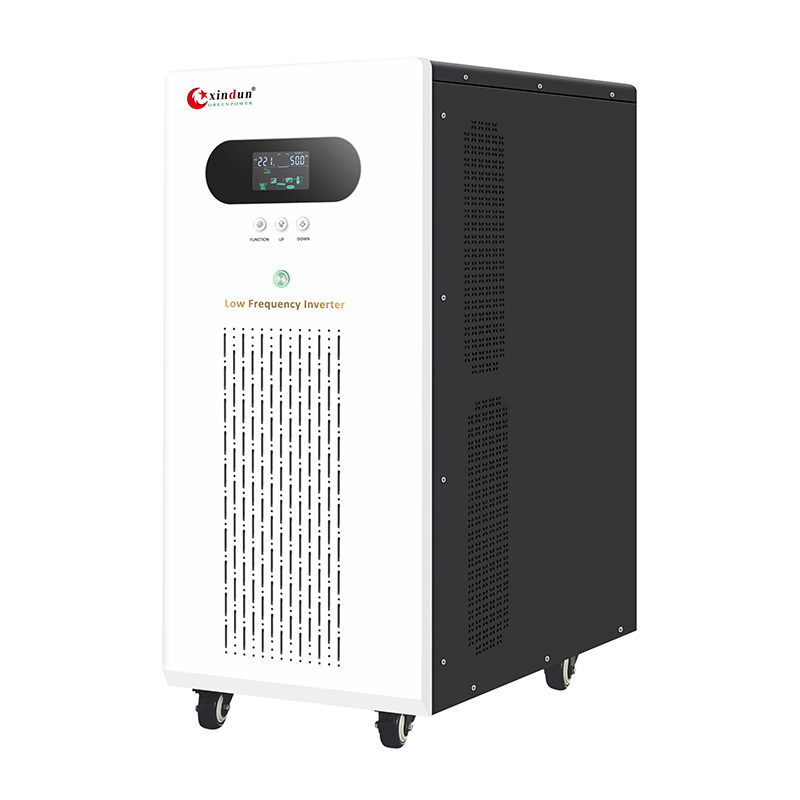
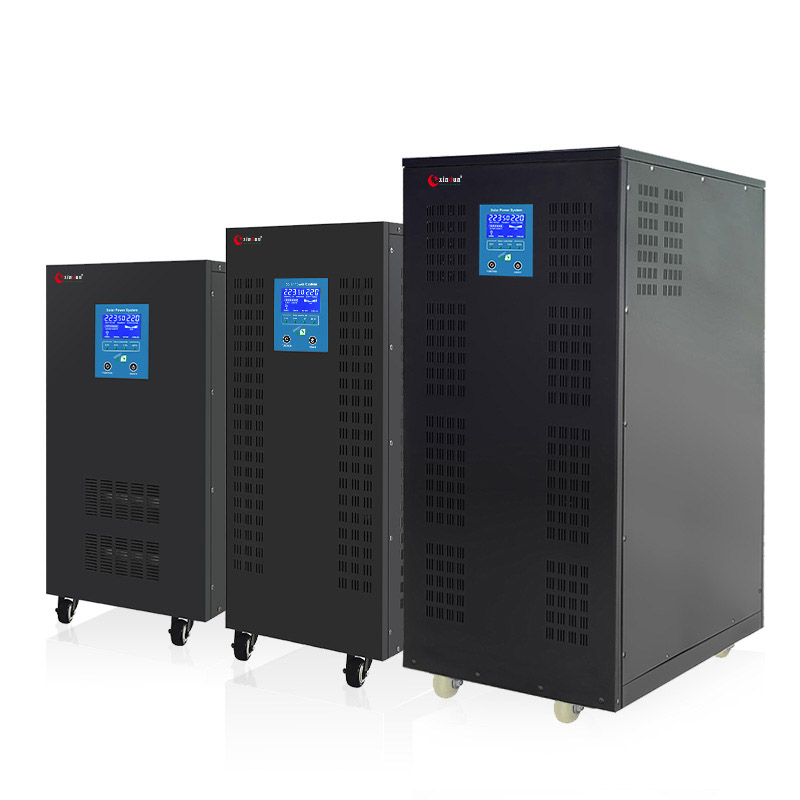
 Energy Storage Inverter
Energy Storage Inverter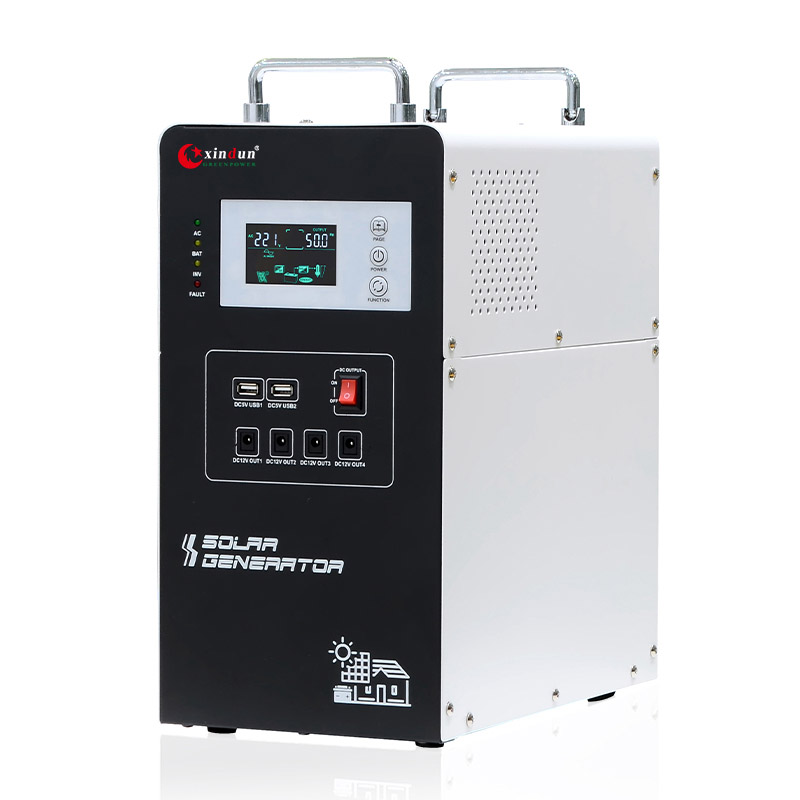
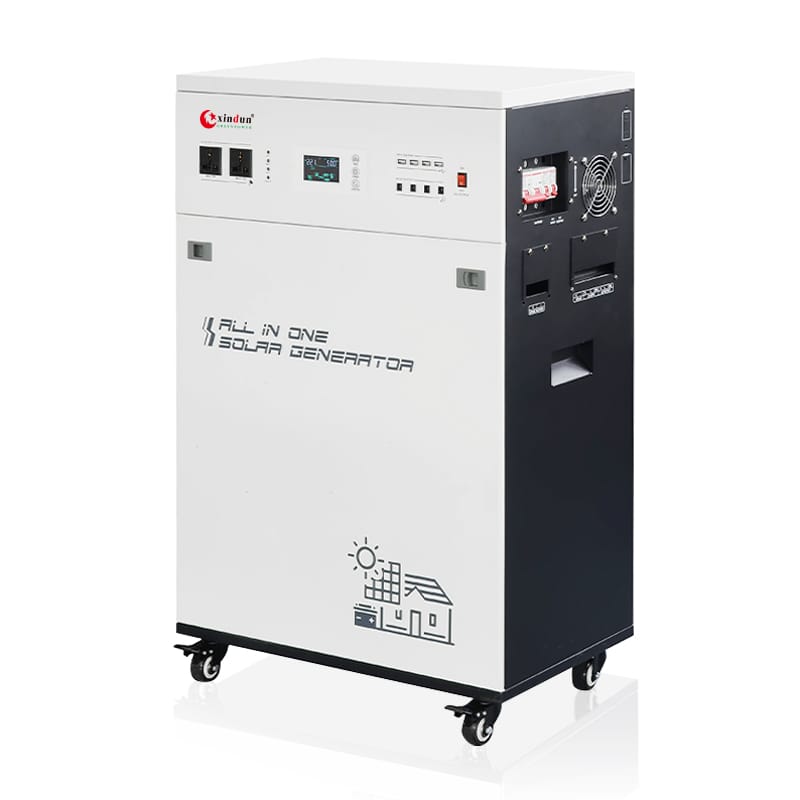

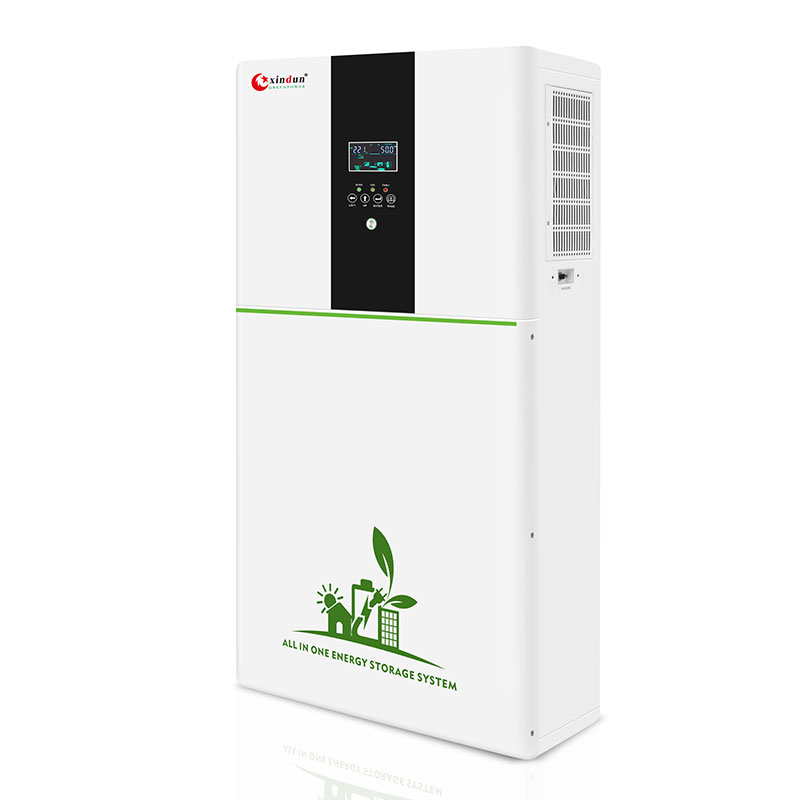
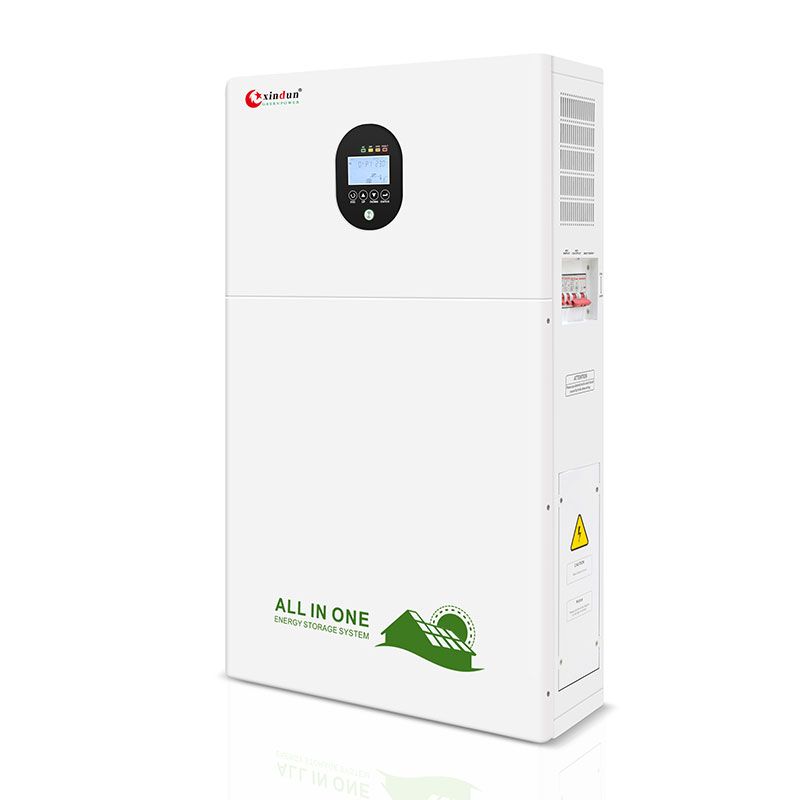
 3 Phase Inverter
3 Phase Inverter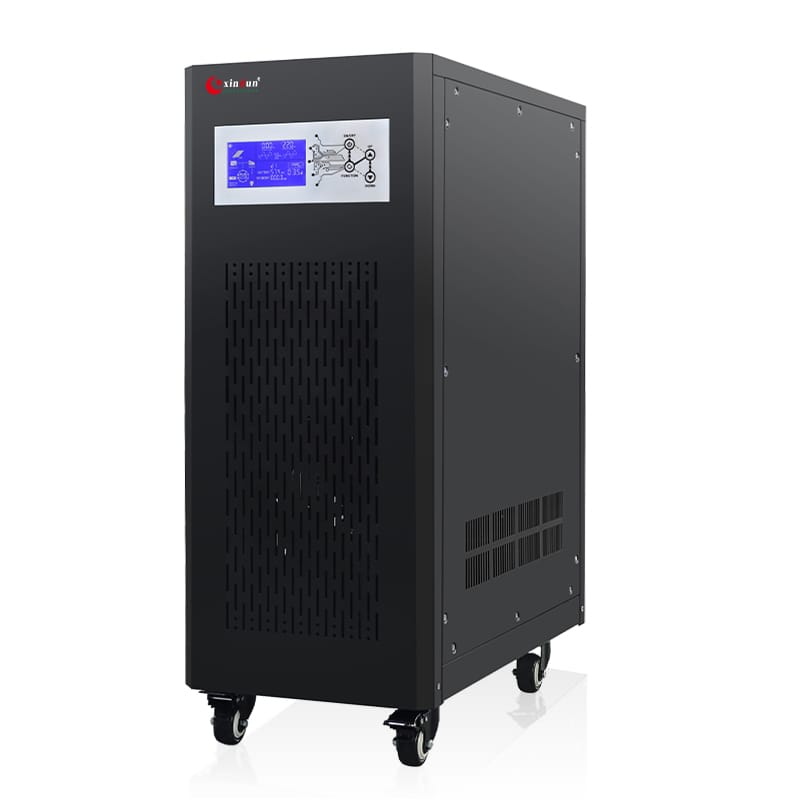
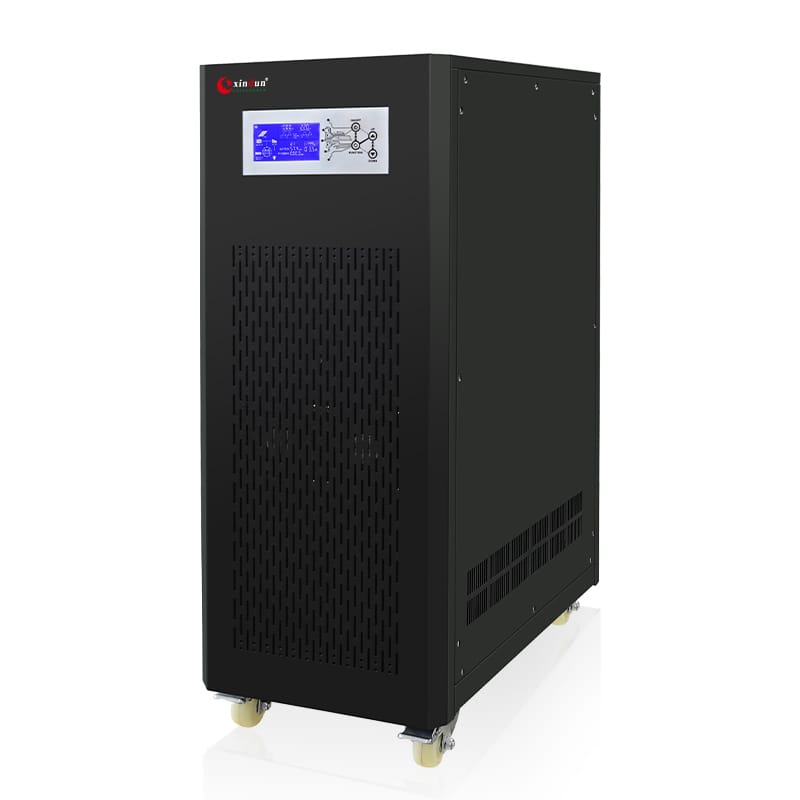
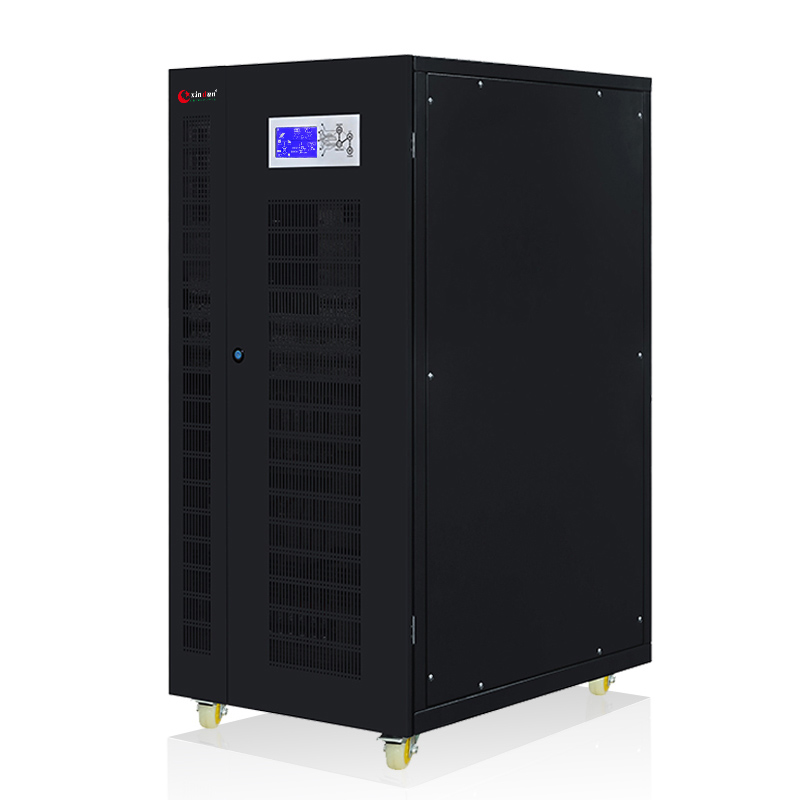
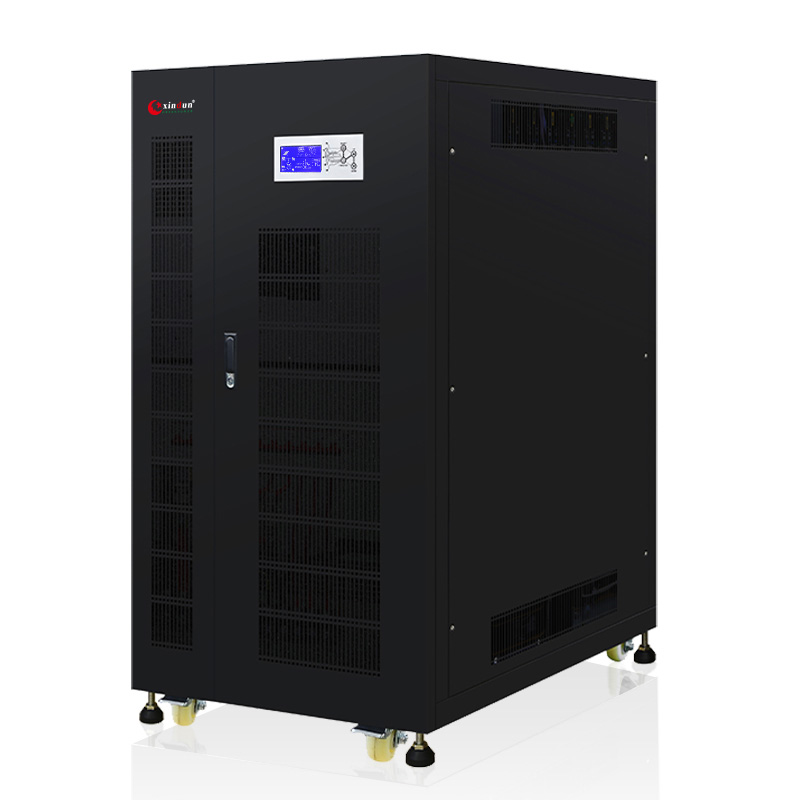
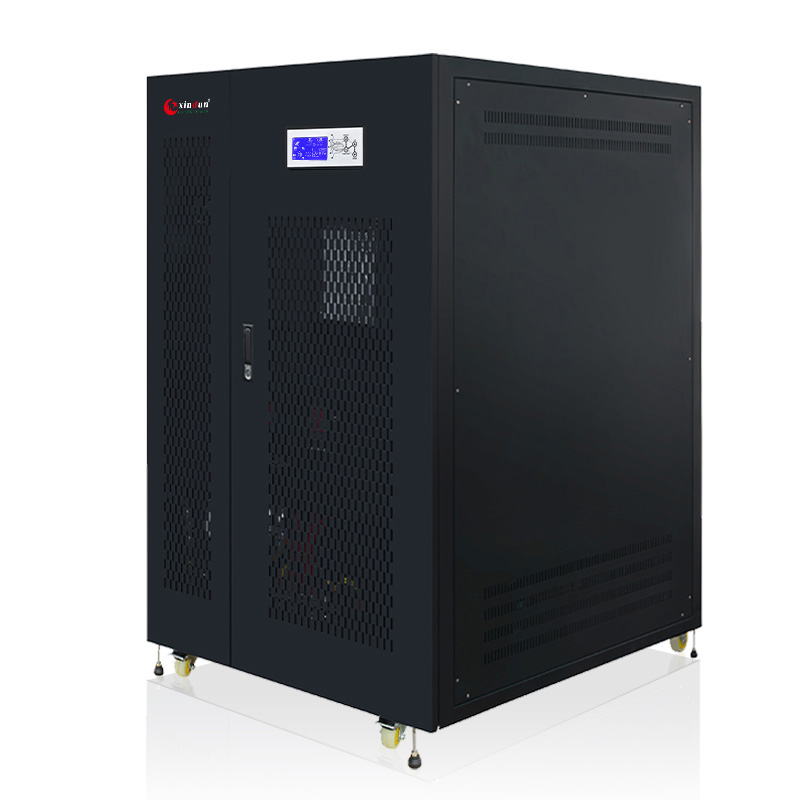
 Solar System Kits
Solar System Kits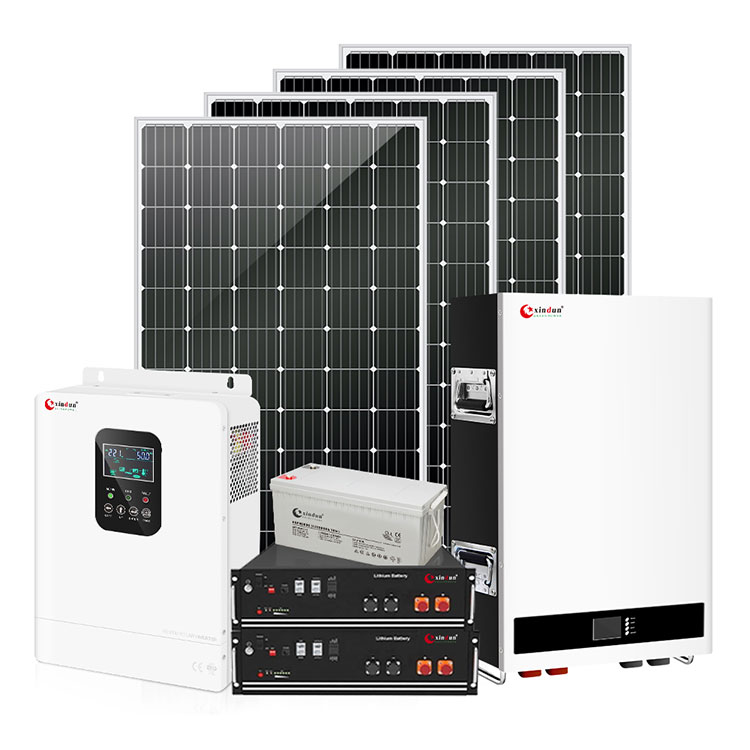
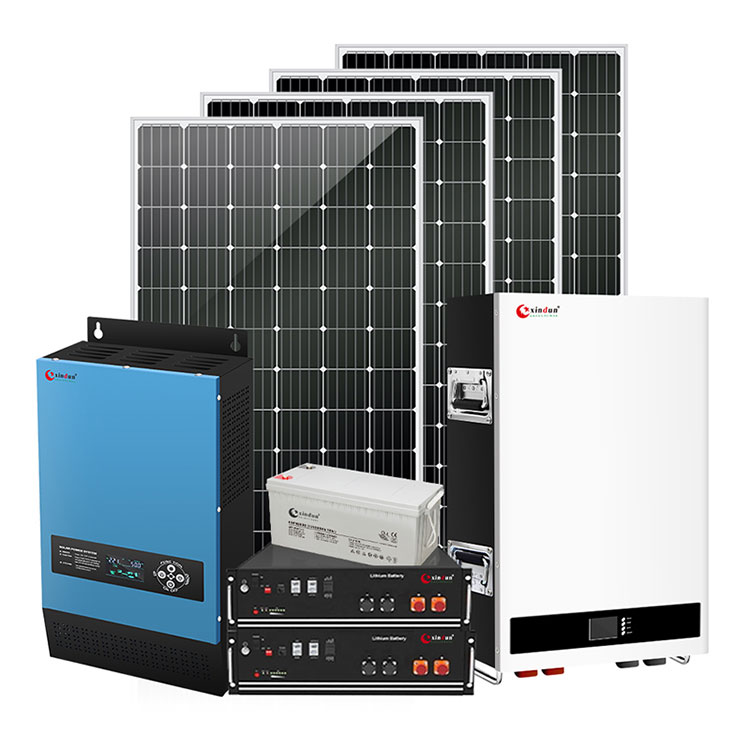
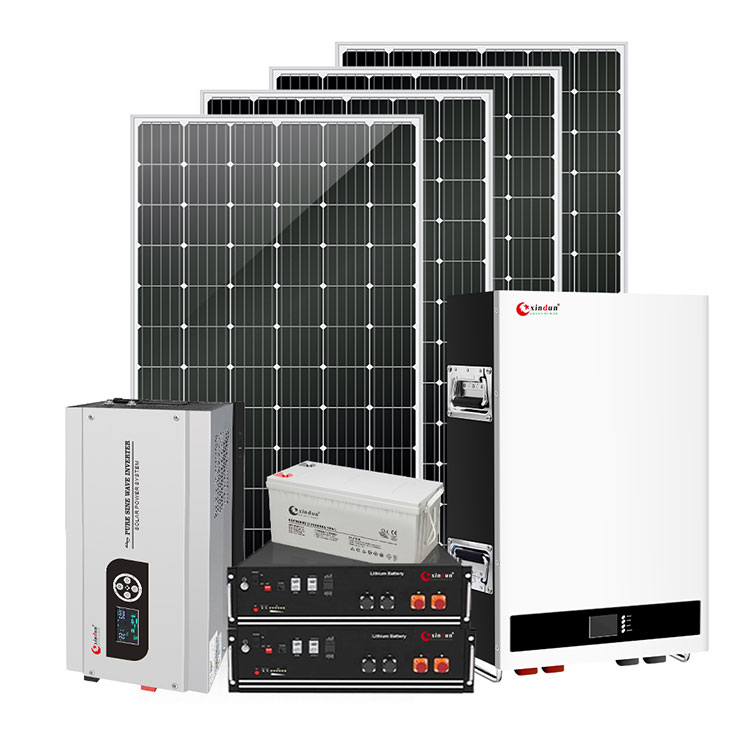

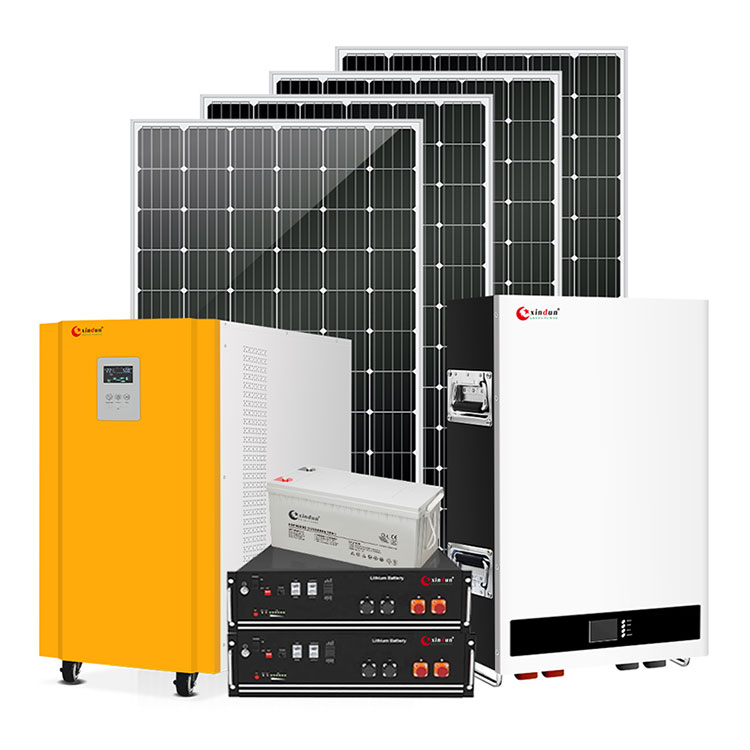
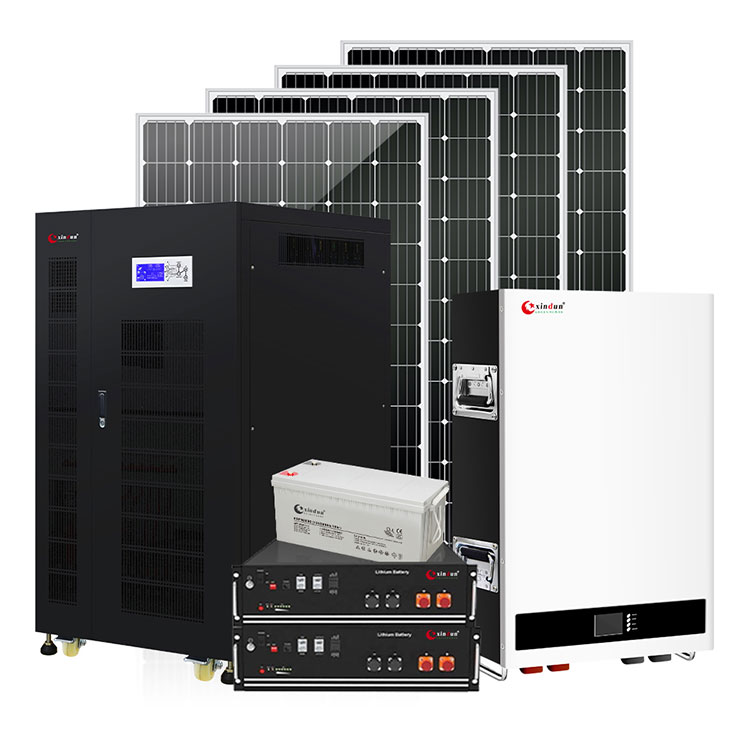
 Solar Charge Controller
Solar Charge Controller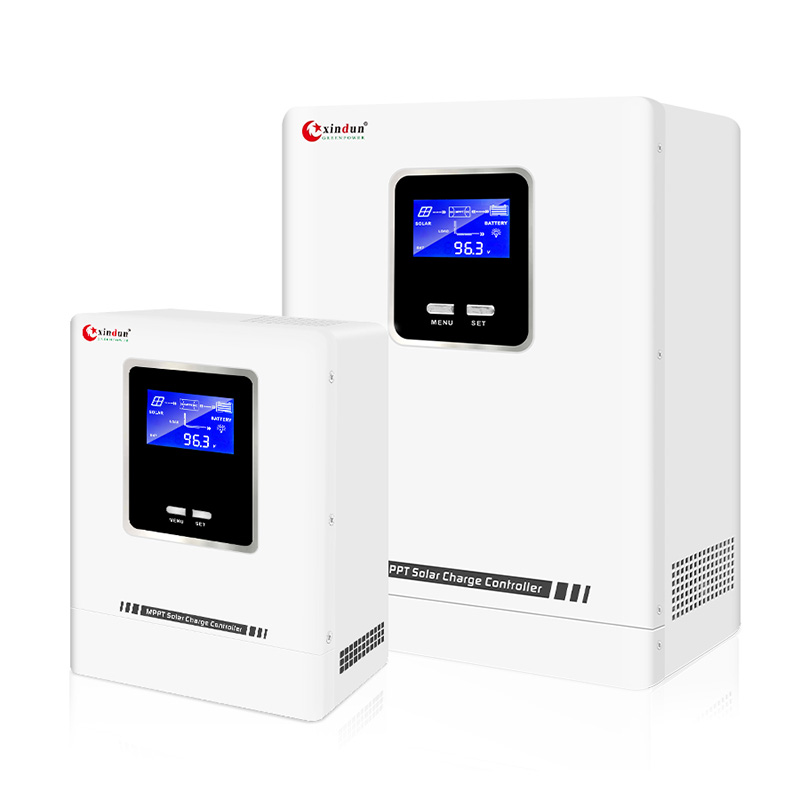
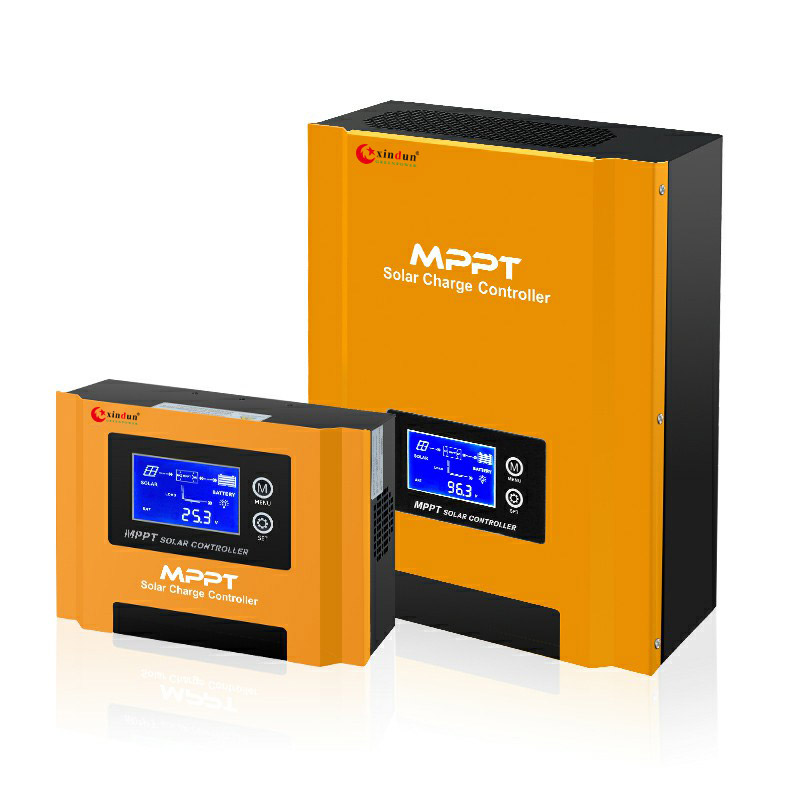

 Solar Battery
Solar Battery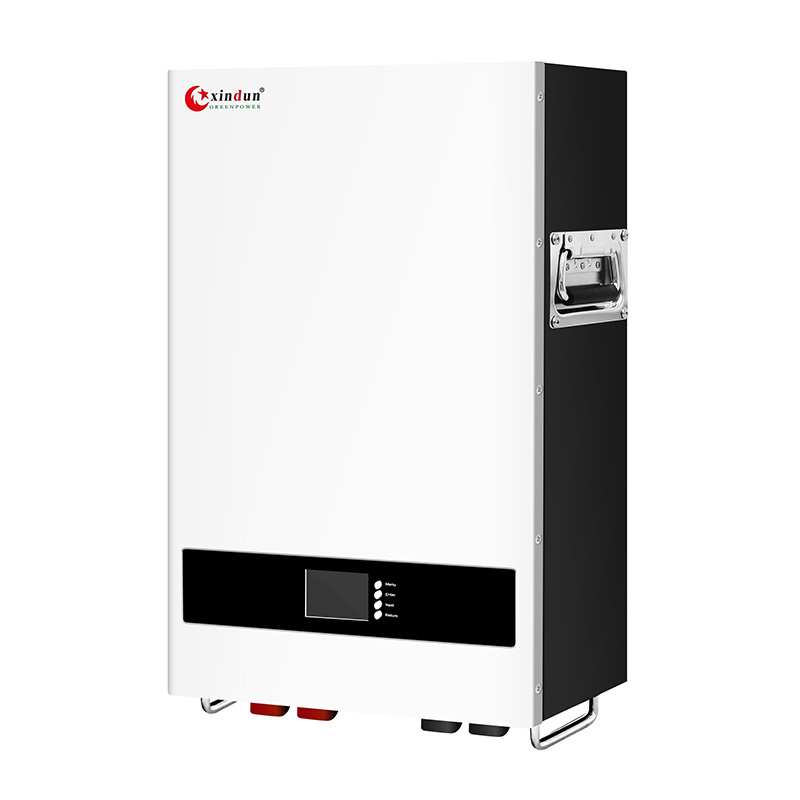
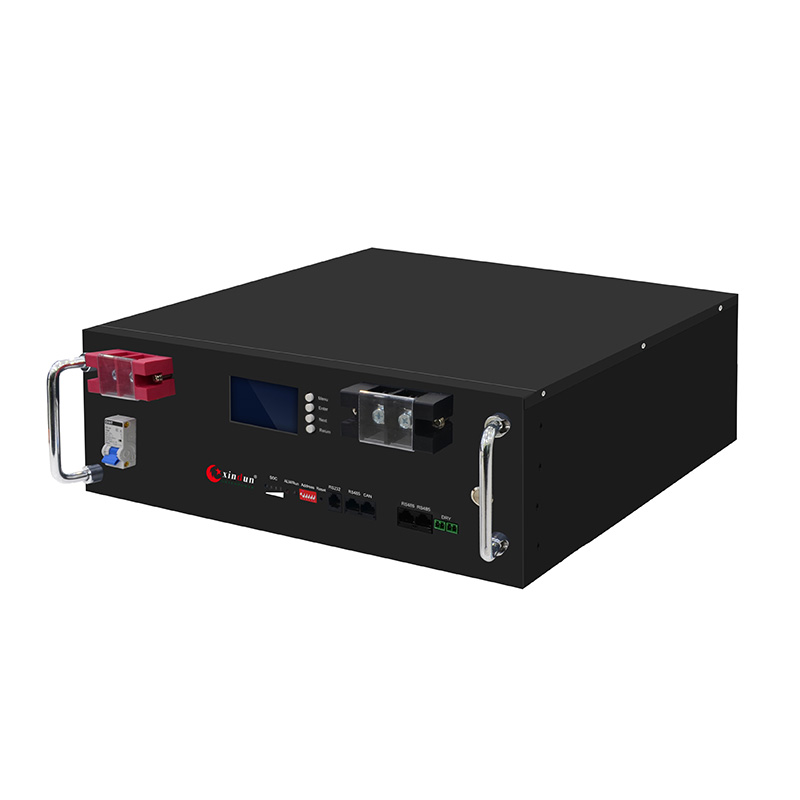
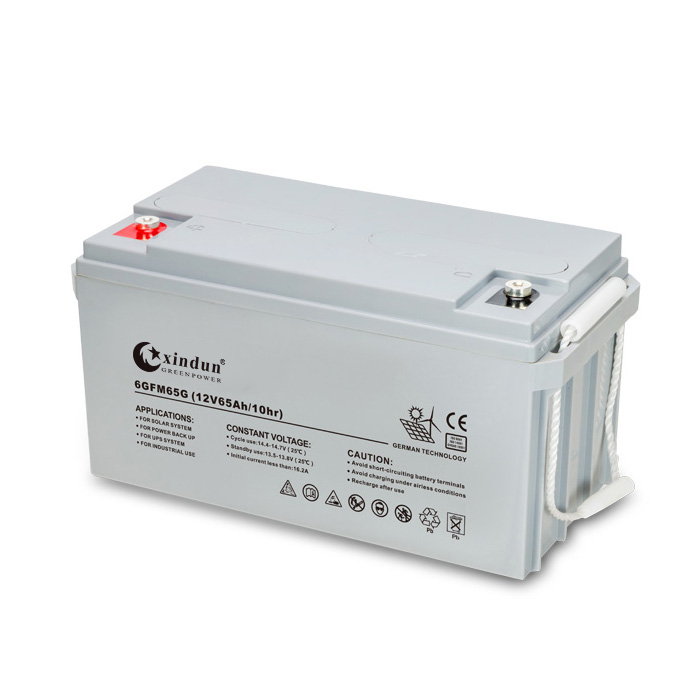
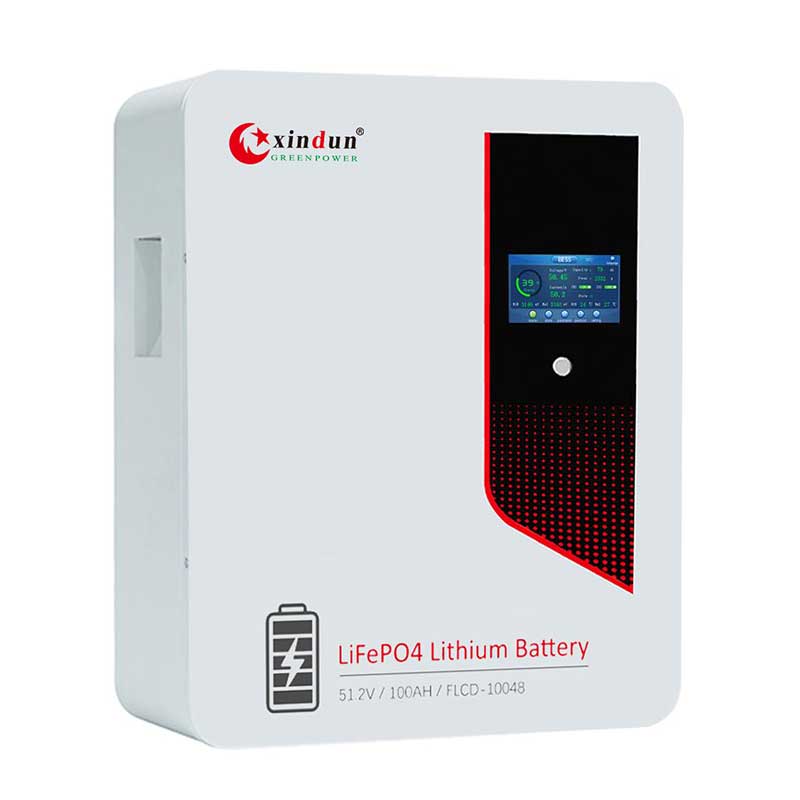
 Asia
Asia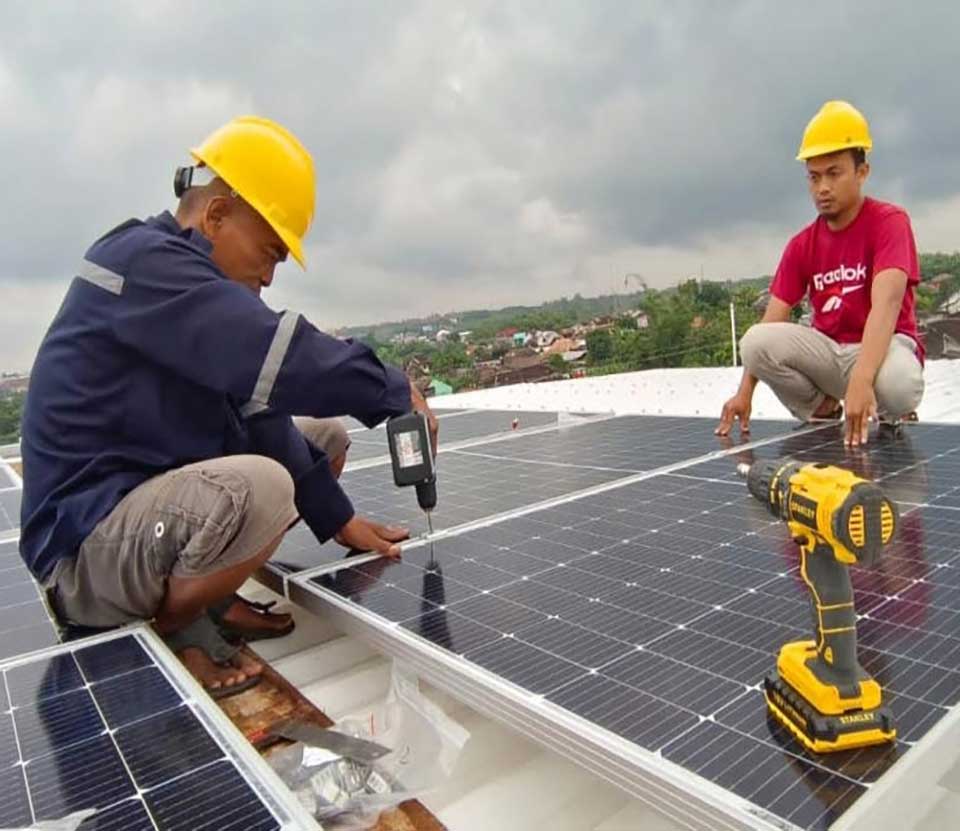
 Africa
Africa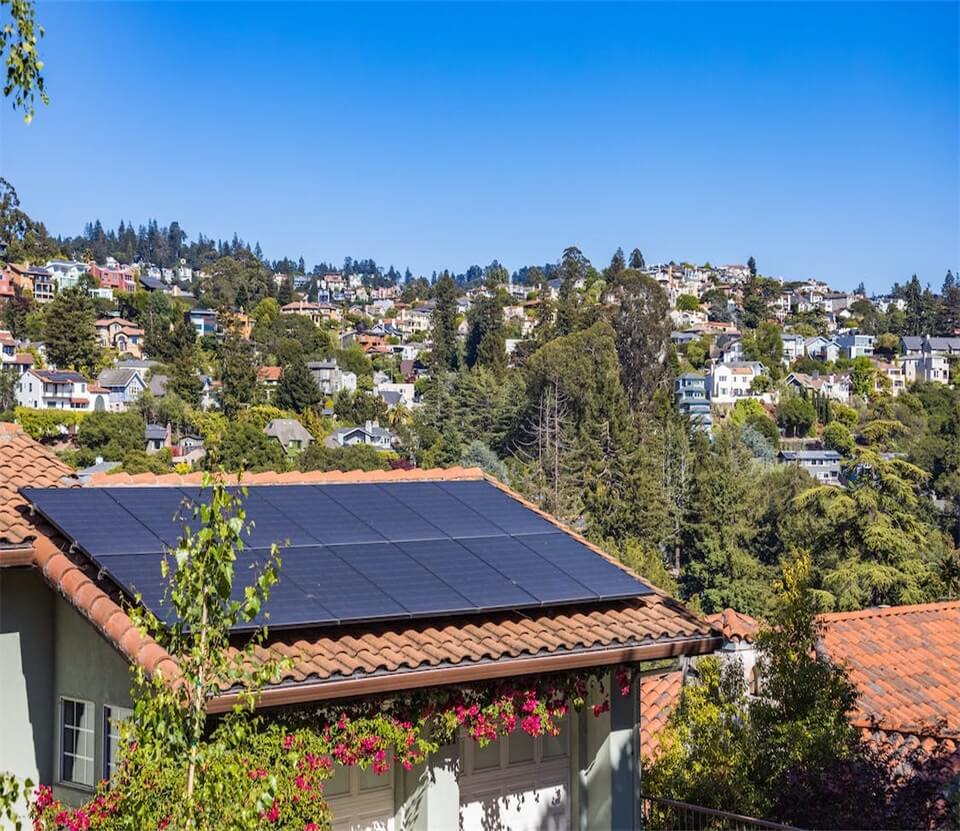
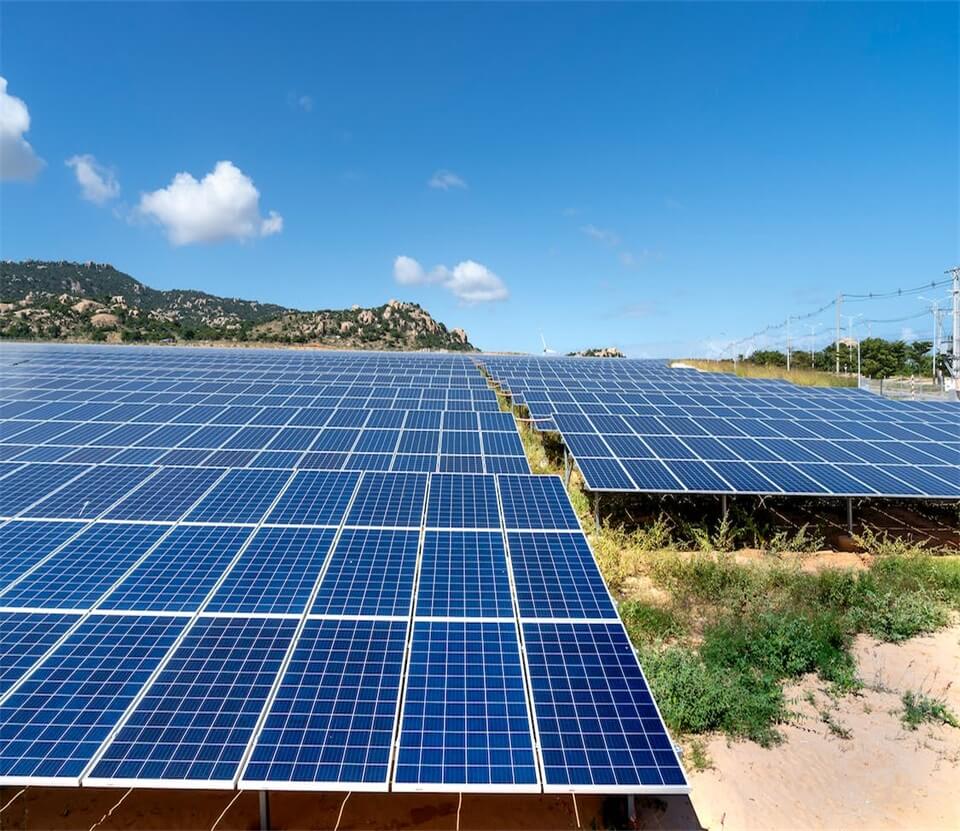

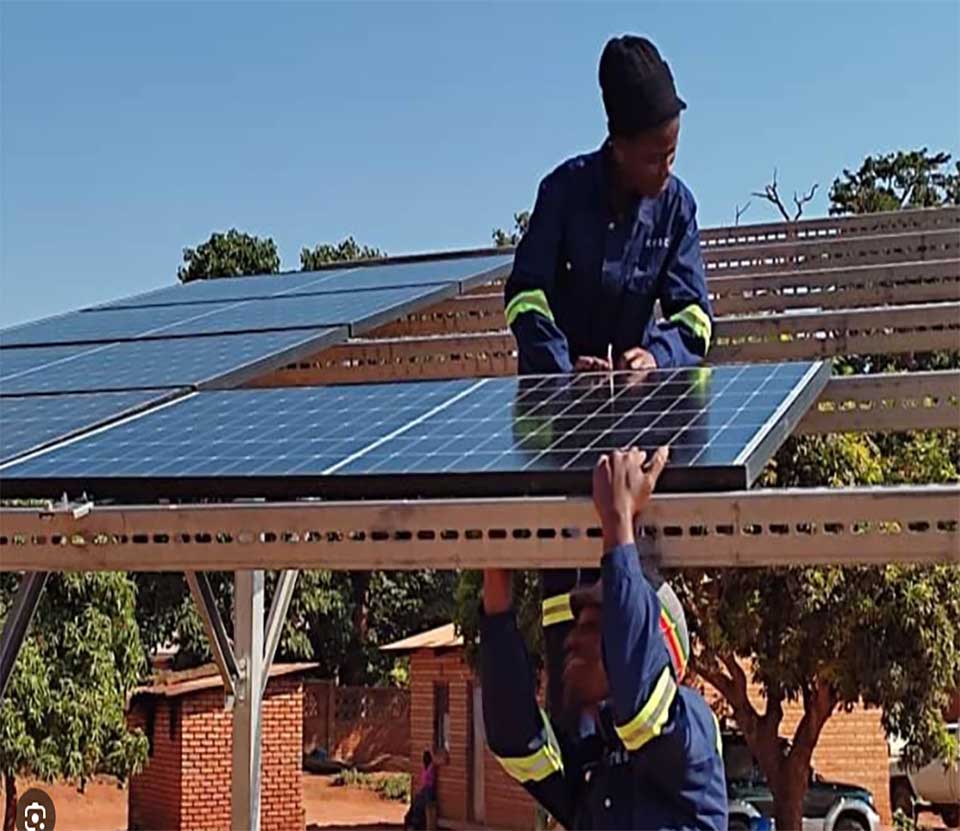
 South America
South America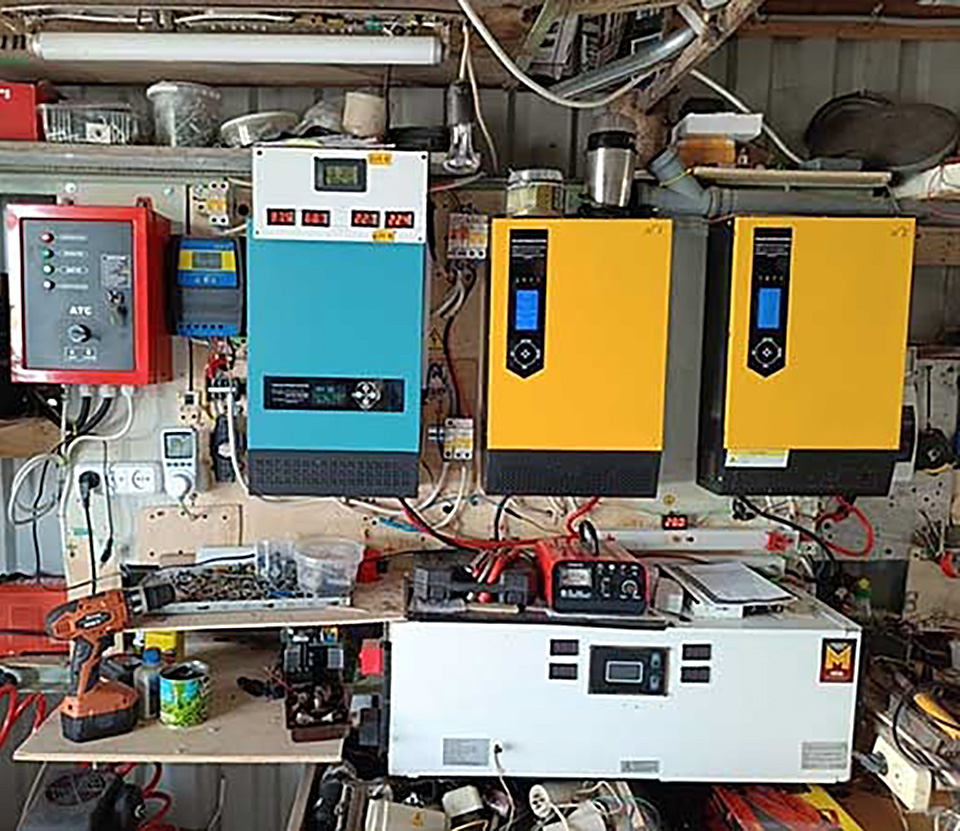
 Europe
Europe
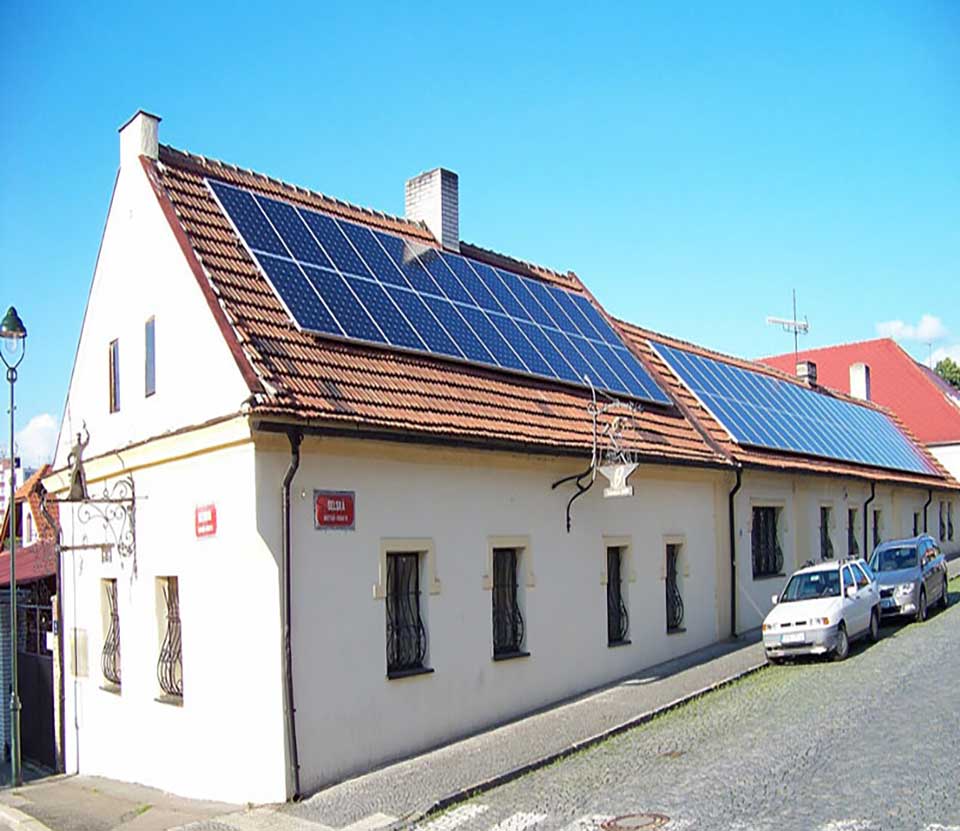
 North America
North America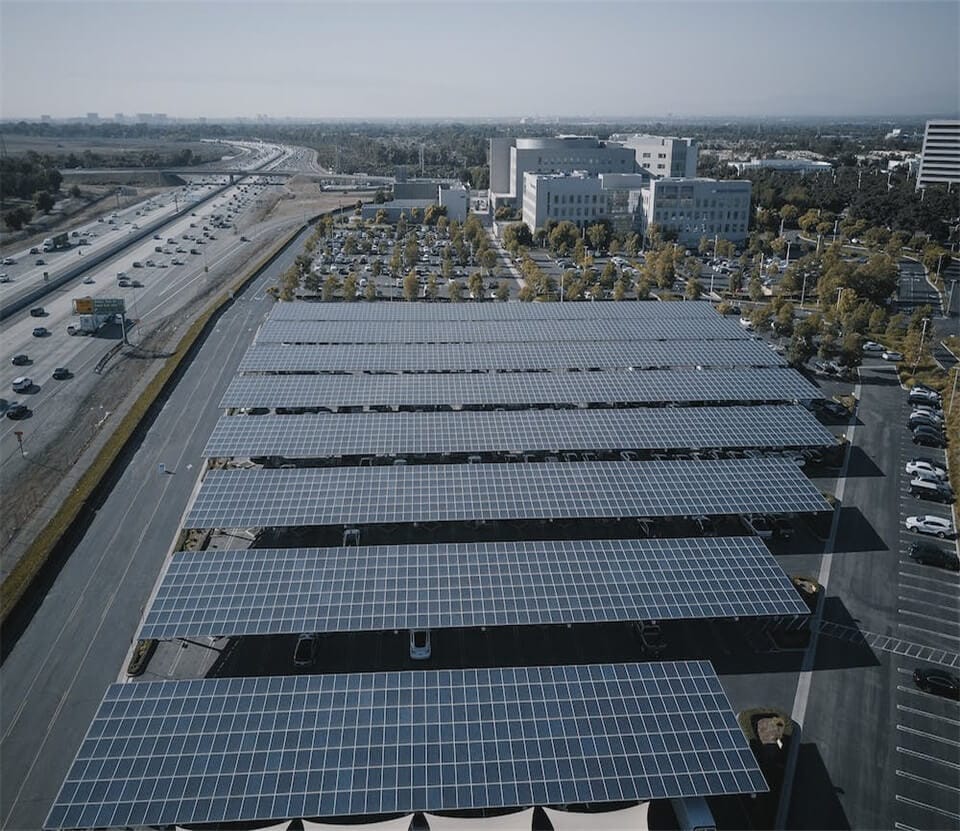
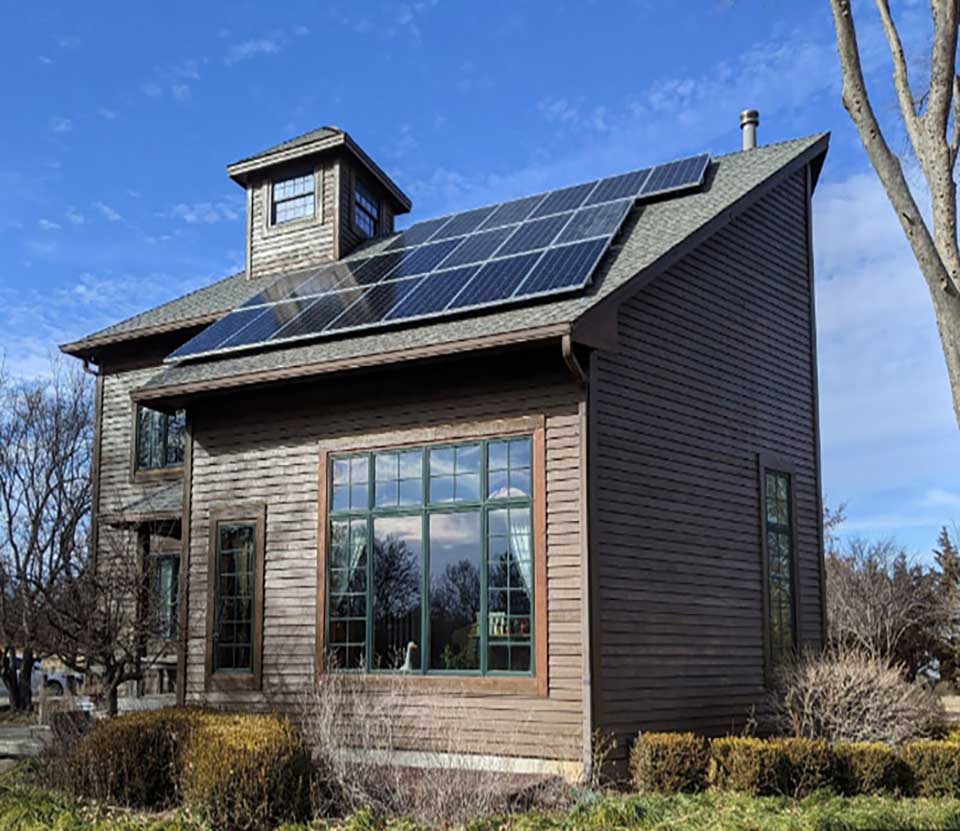
 Oceania & Antarctica
Oceania & Antarctica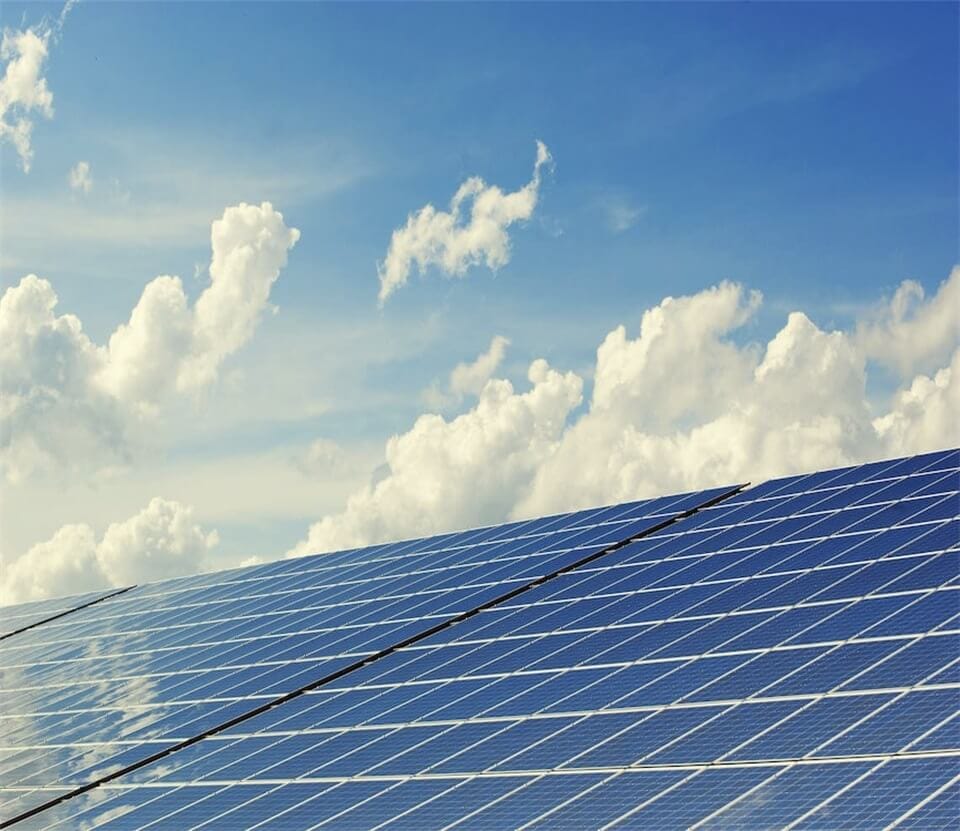










 Home
Home Recommendations For Solar Inverters In India
Recommendations For Solar Inverters In India  Top Selling Products
Top Selling Products














